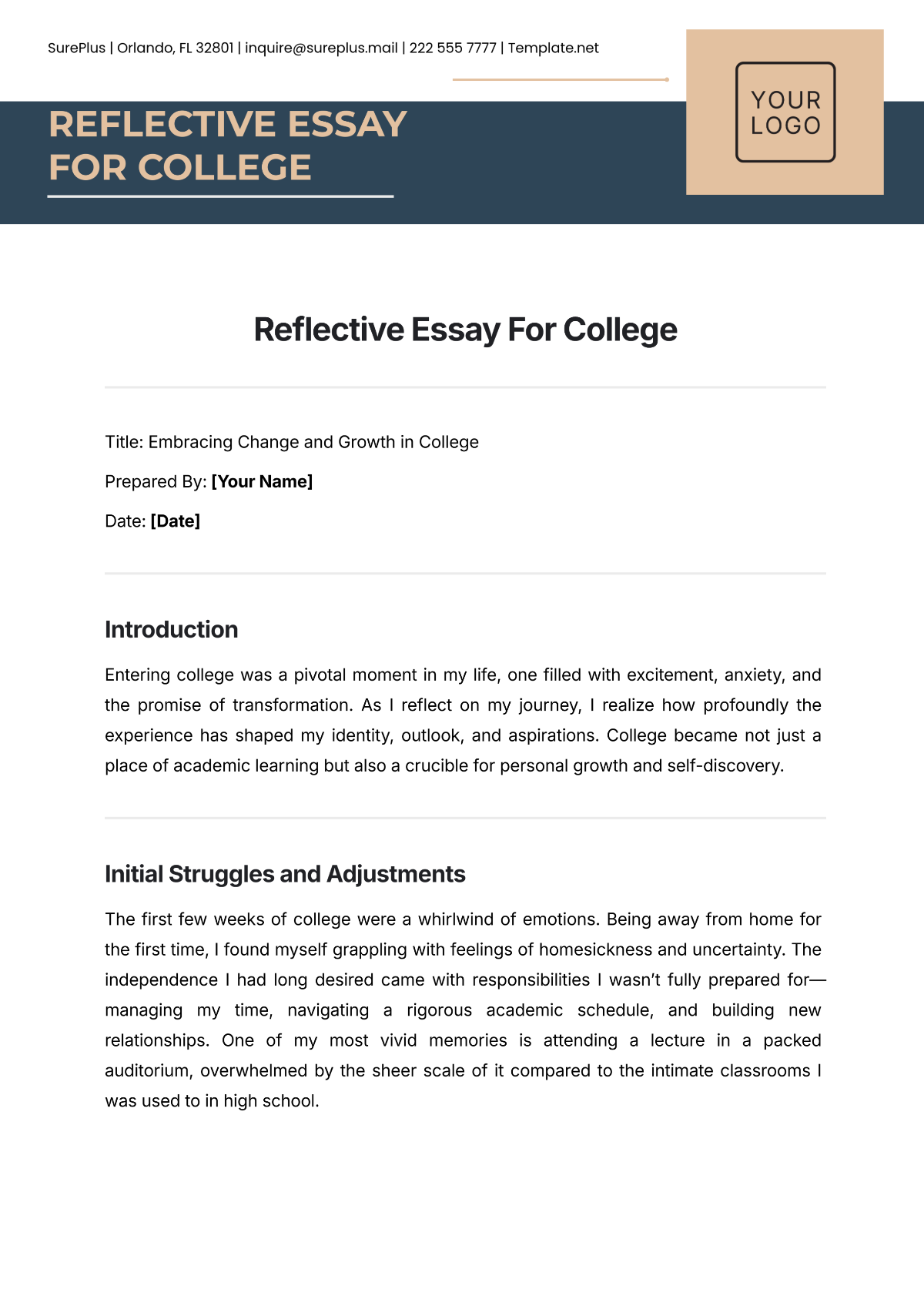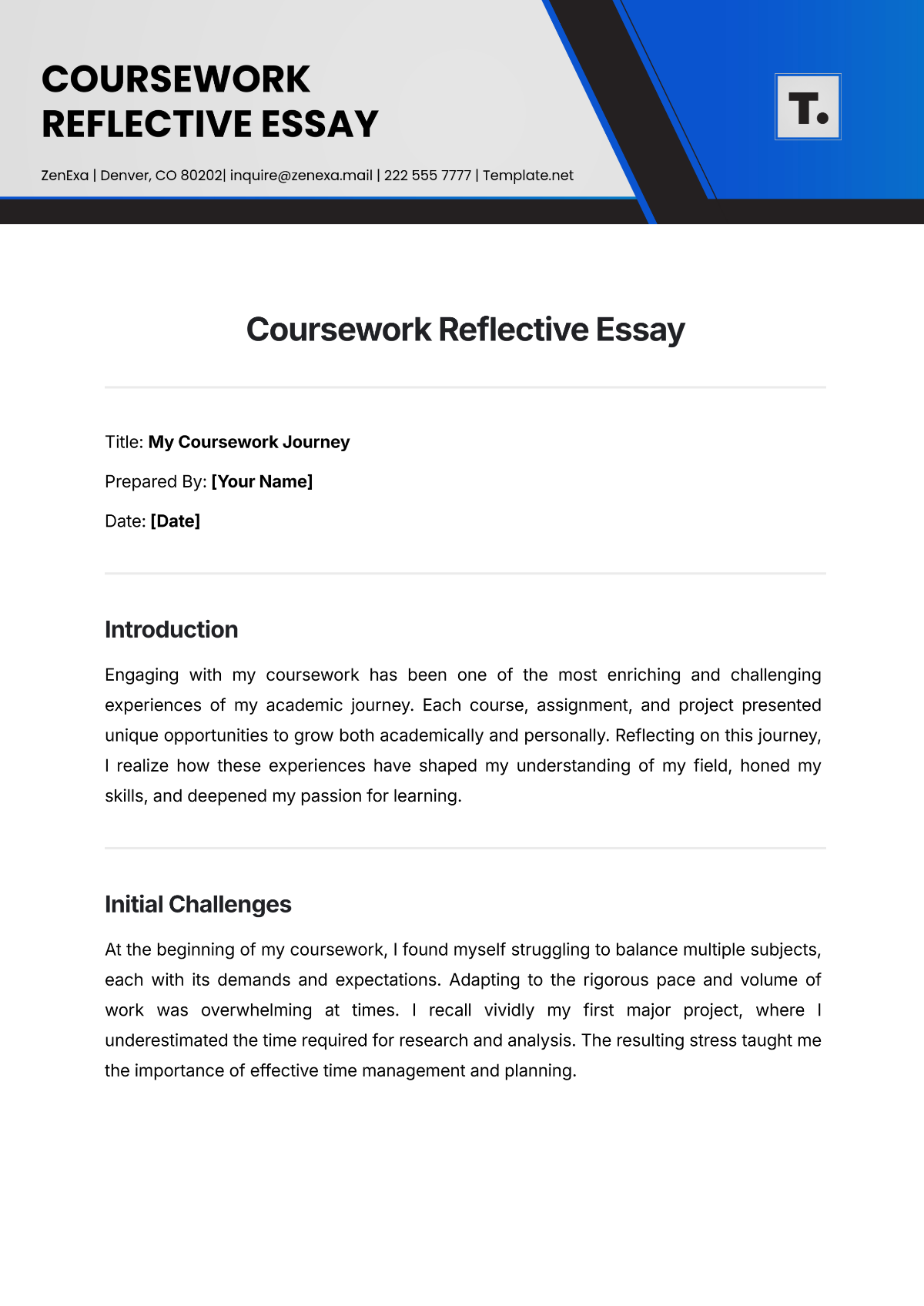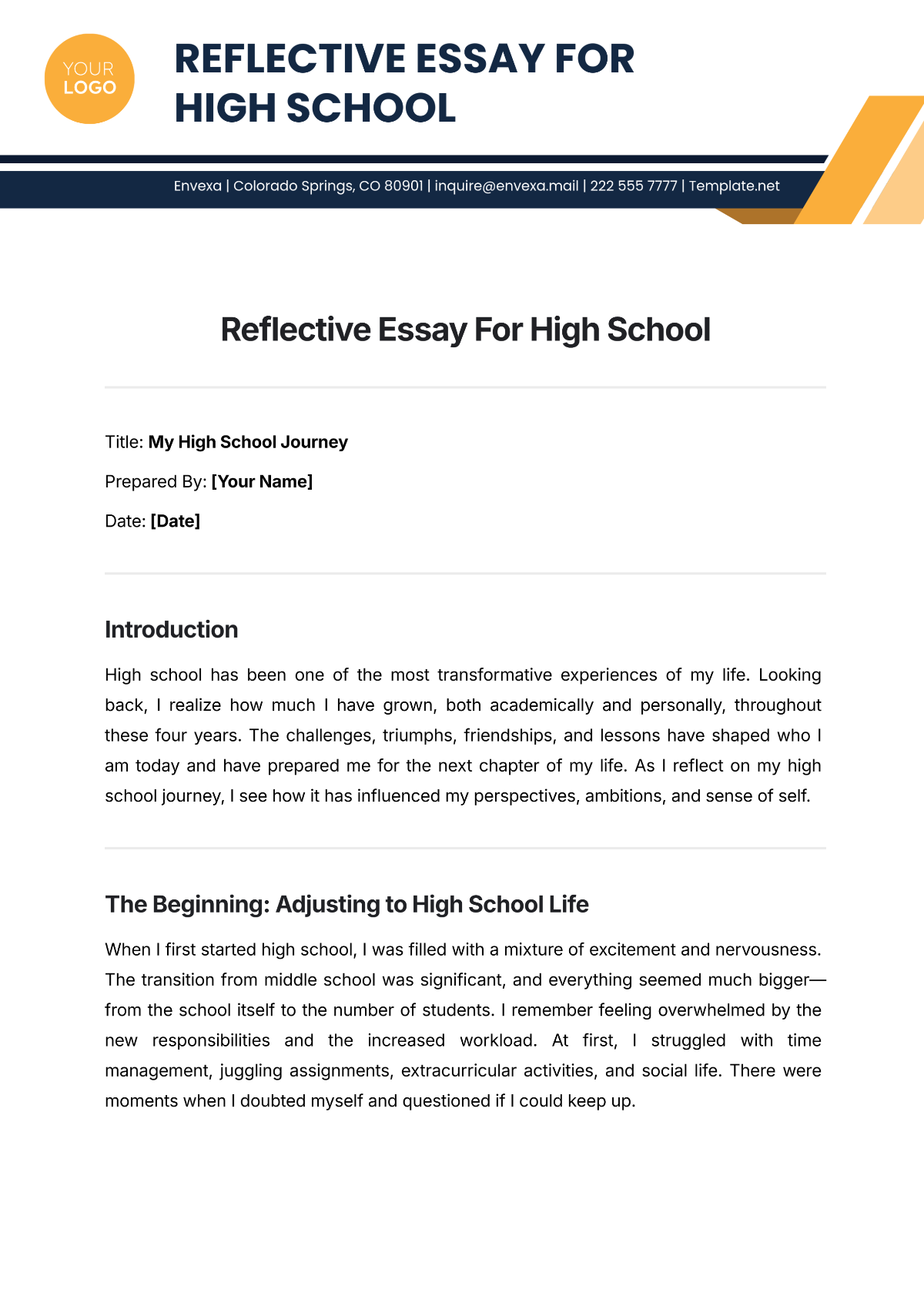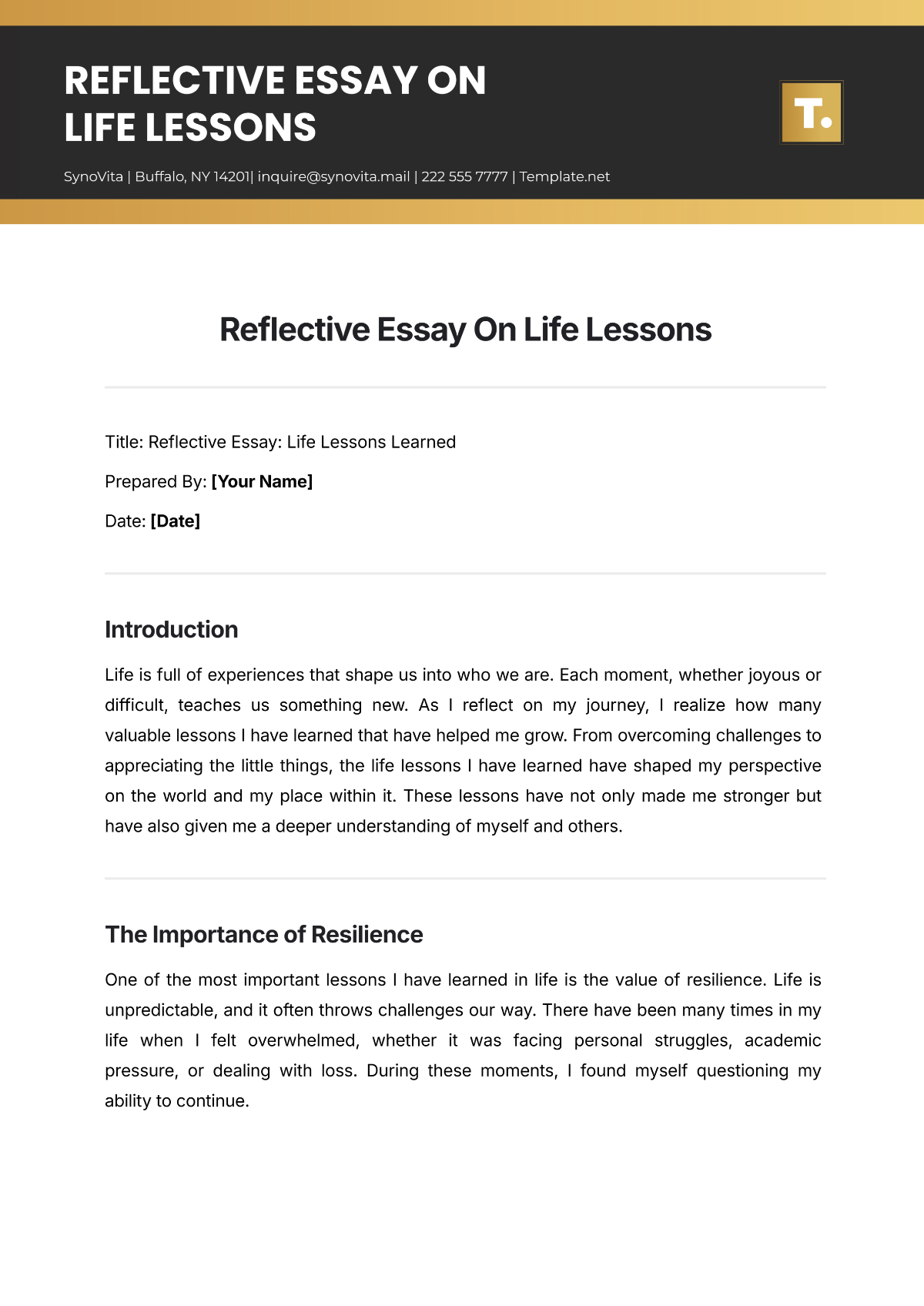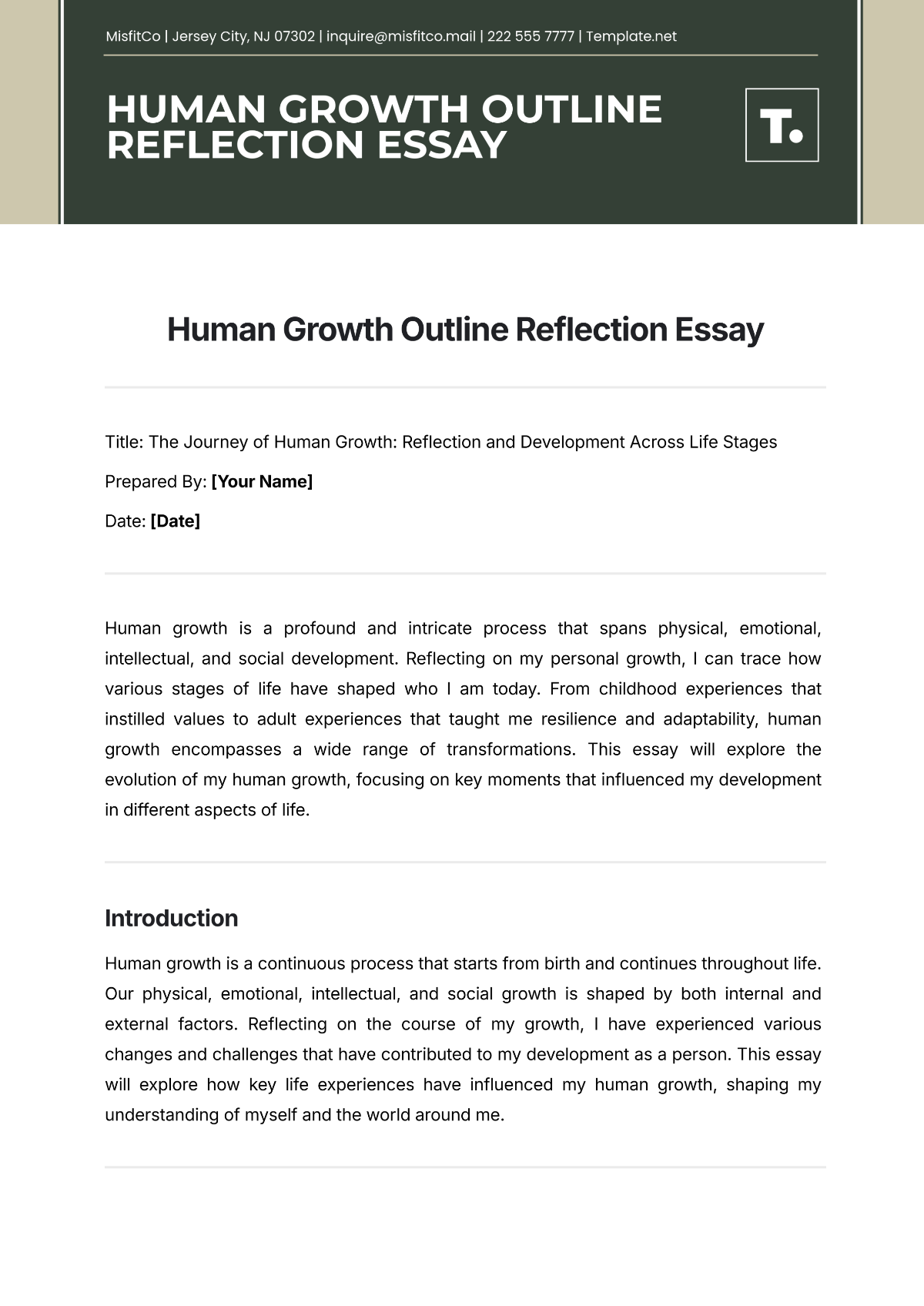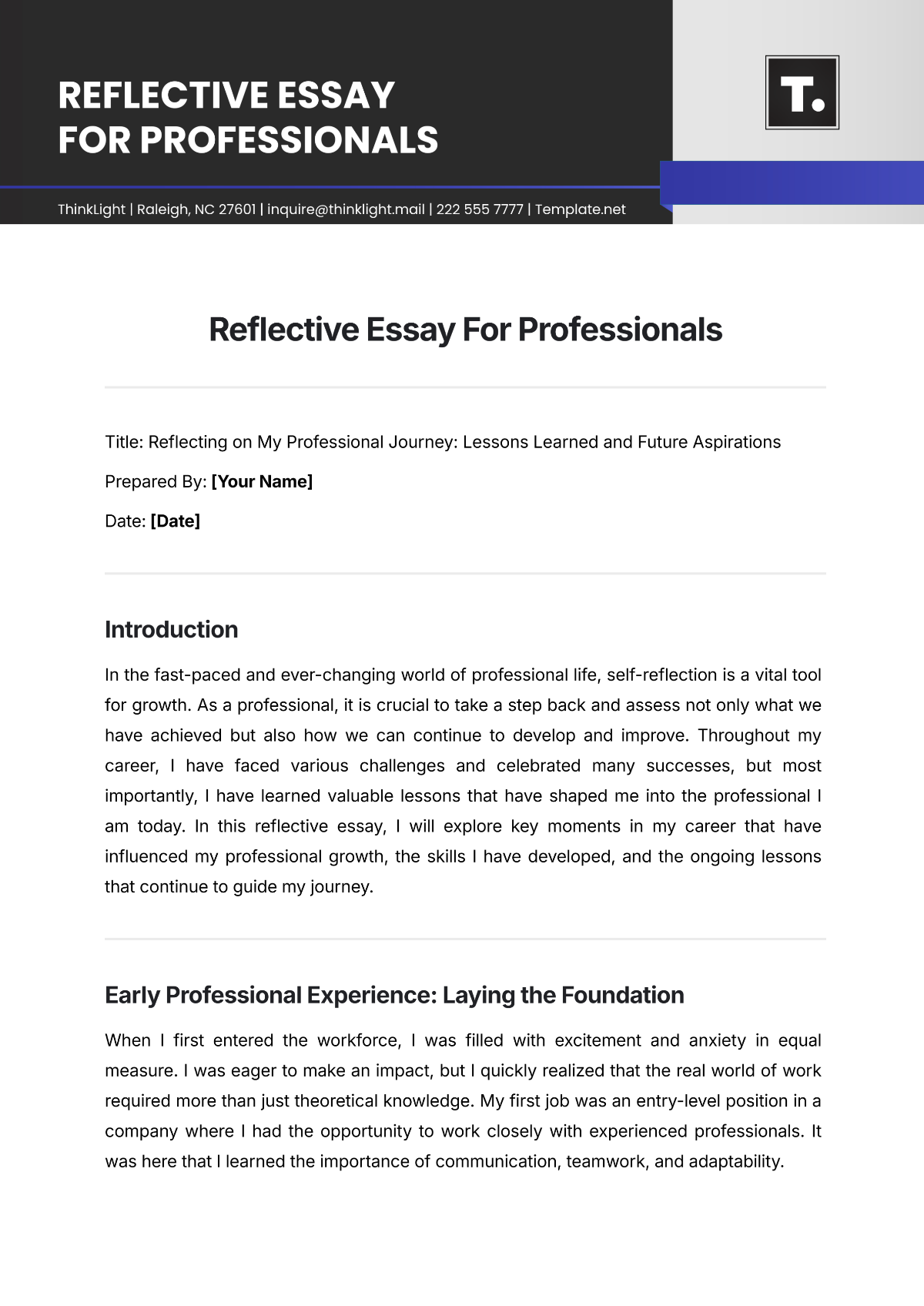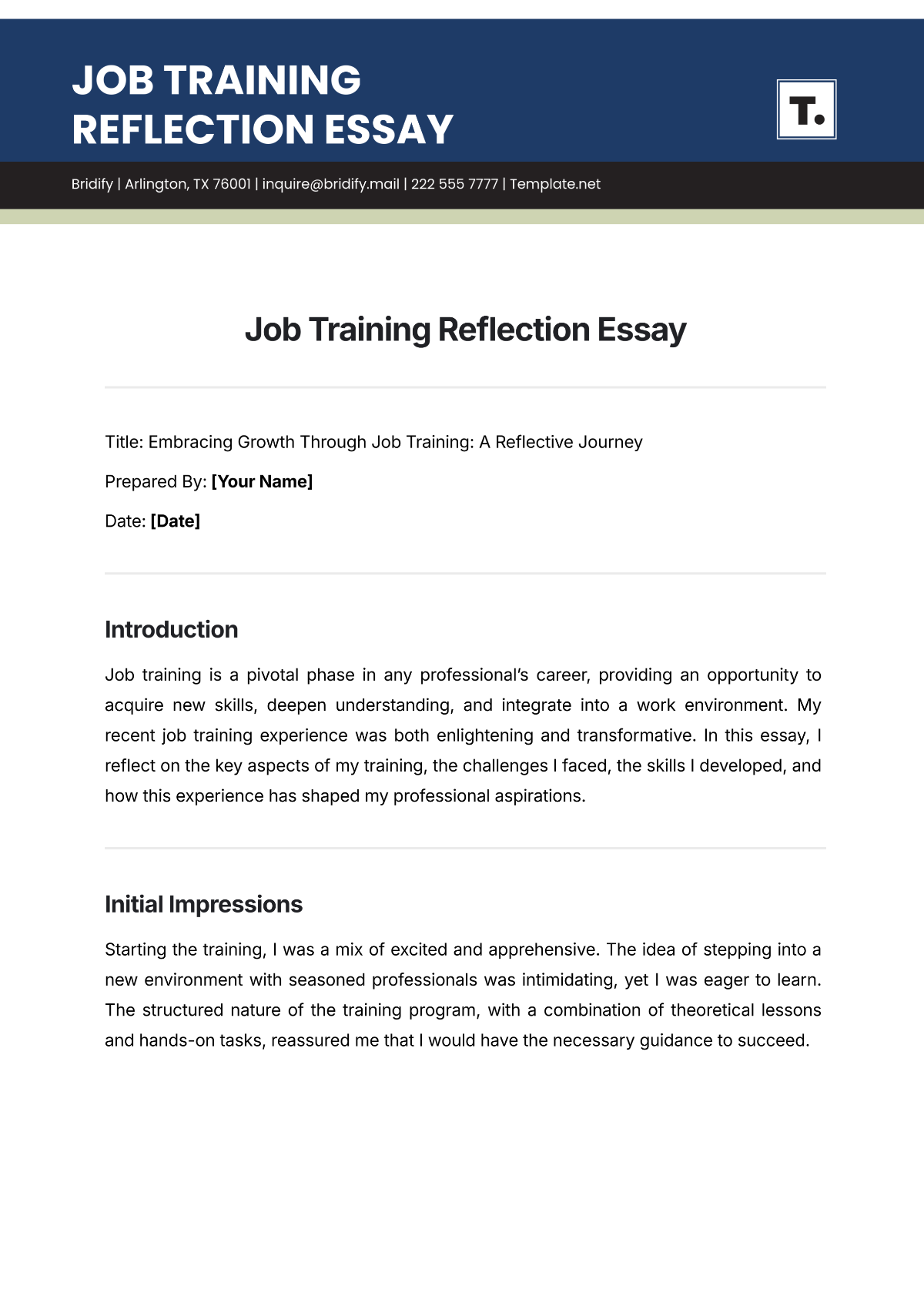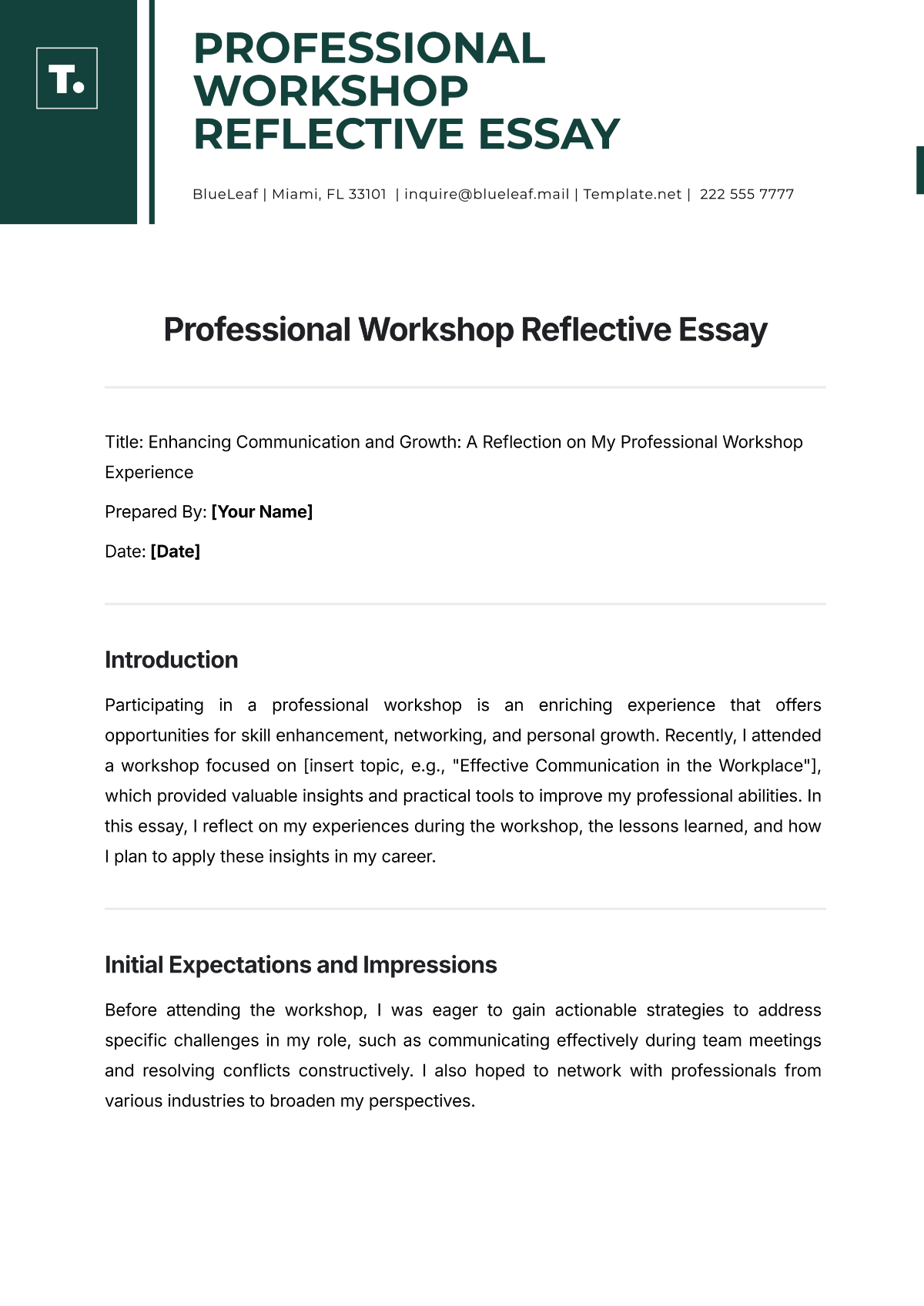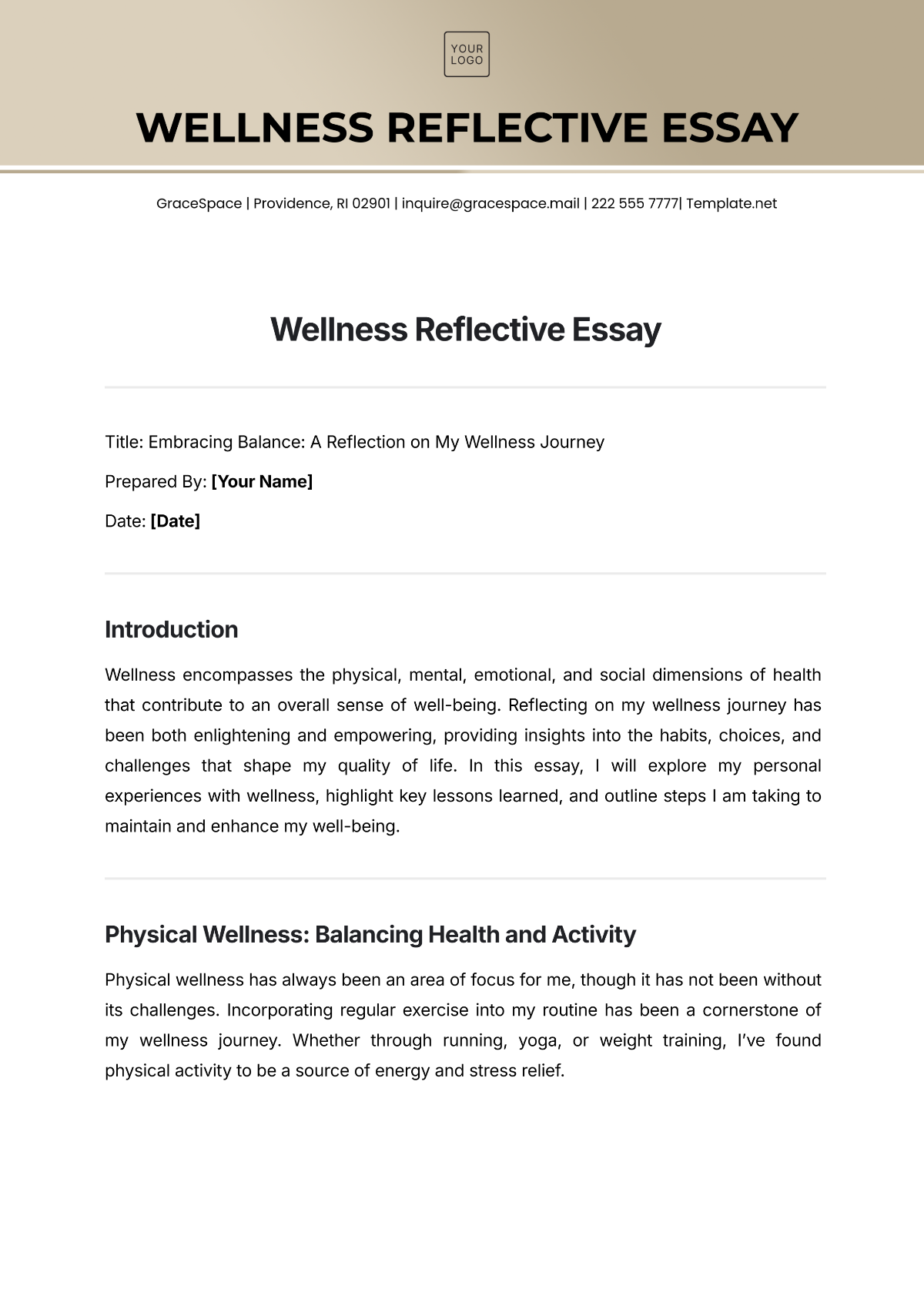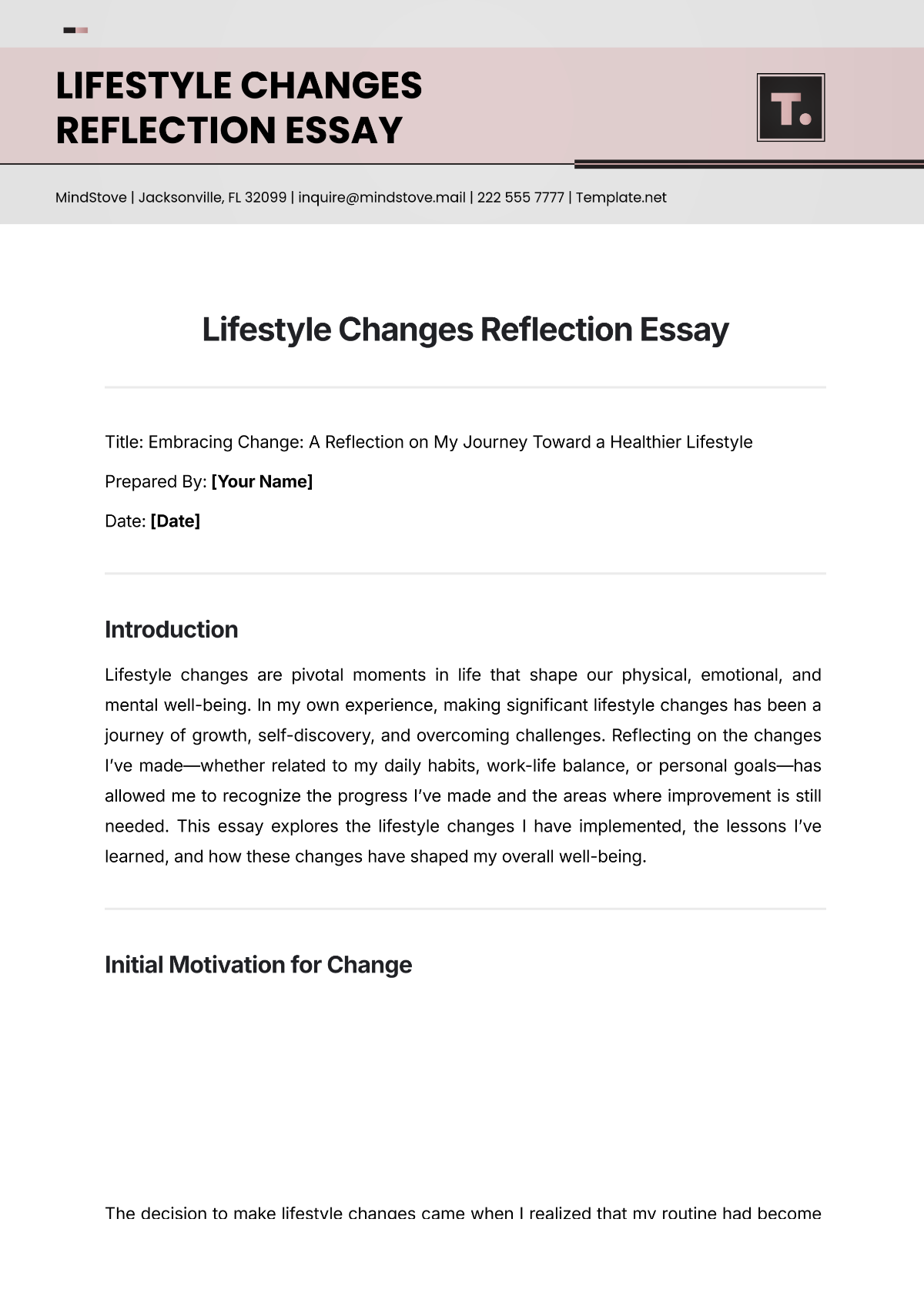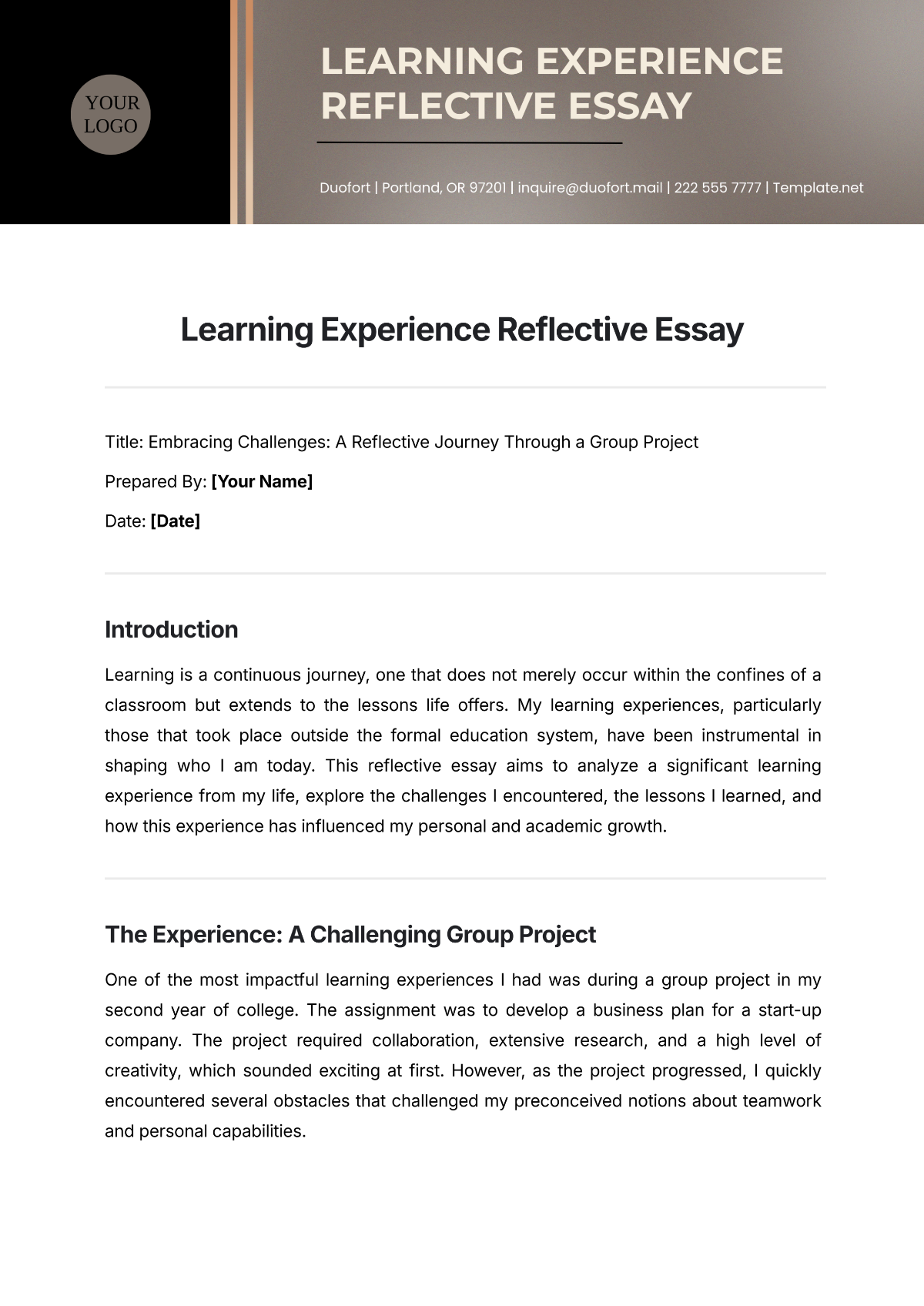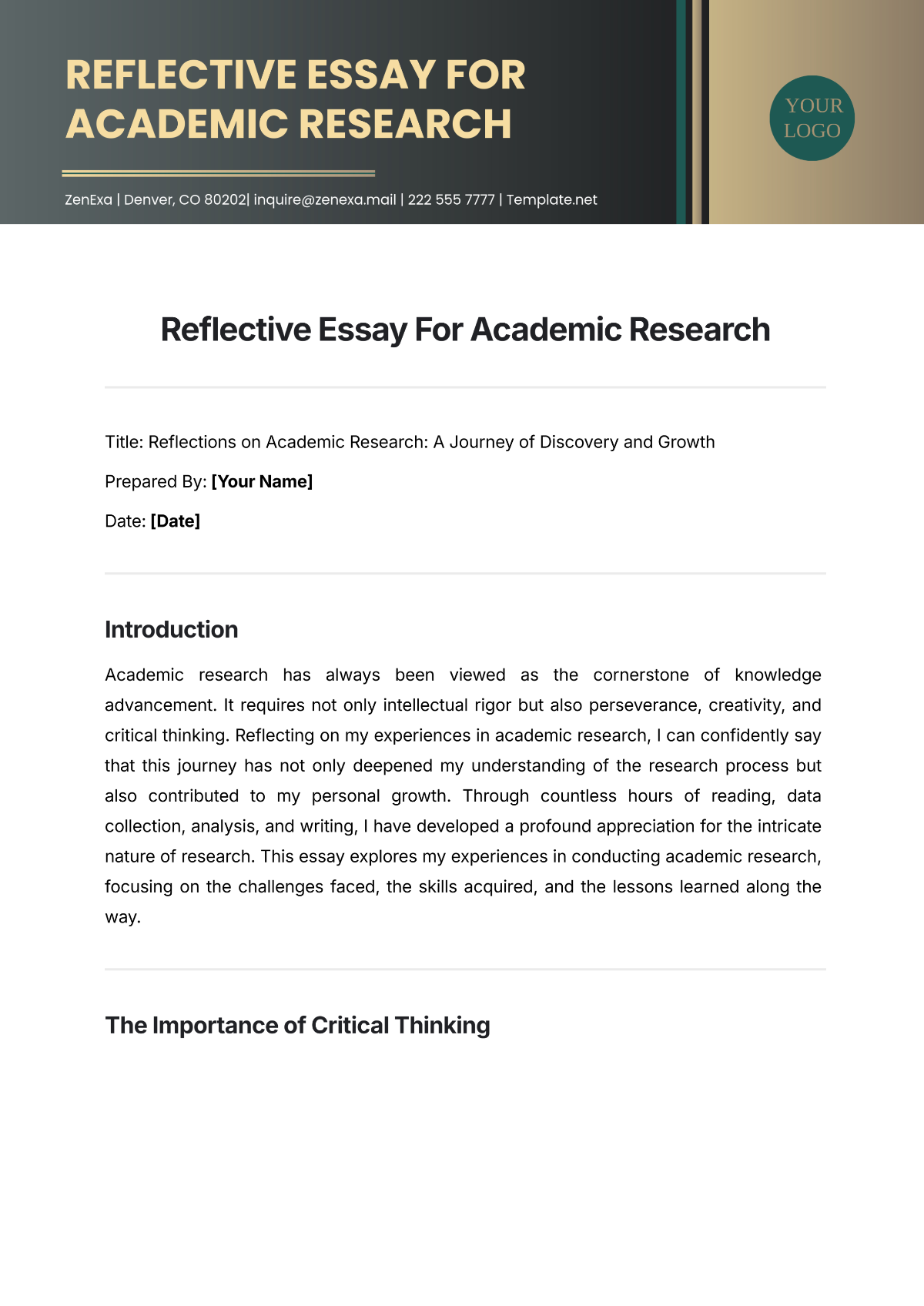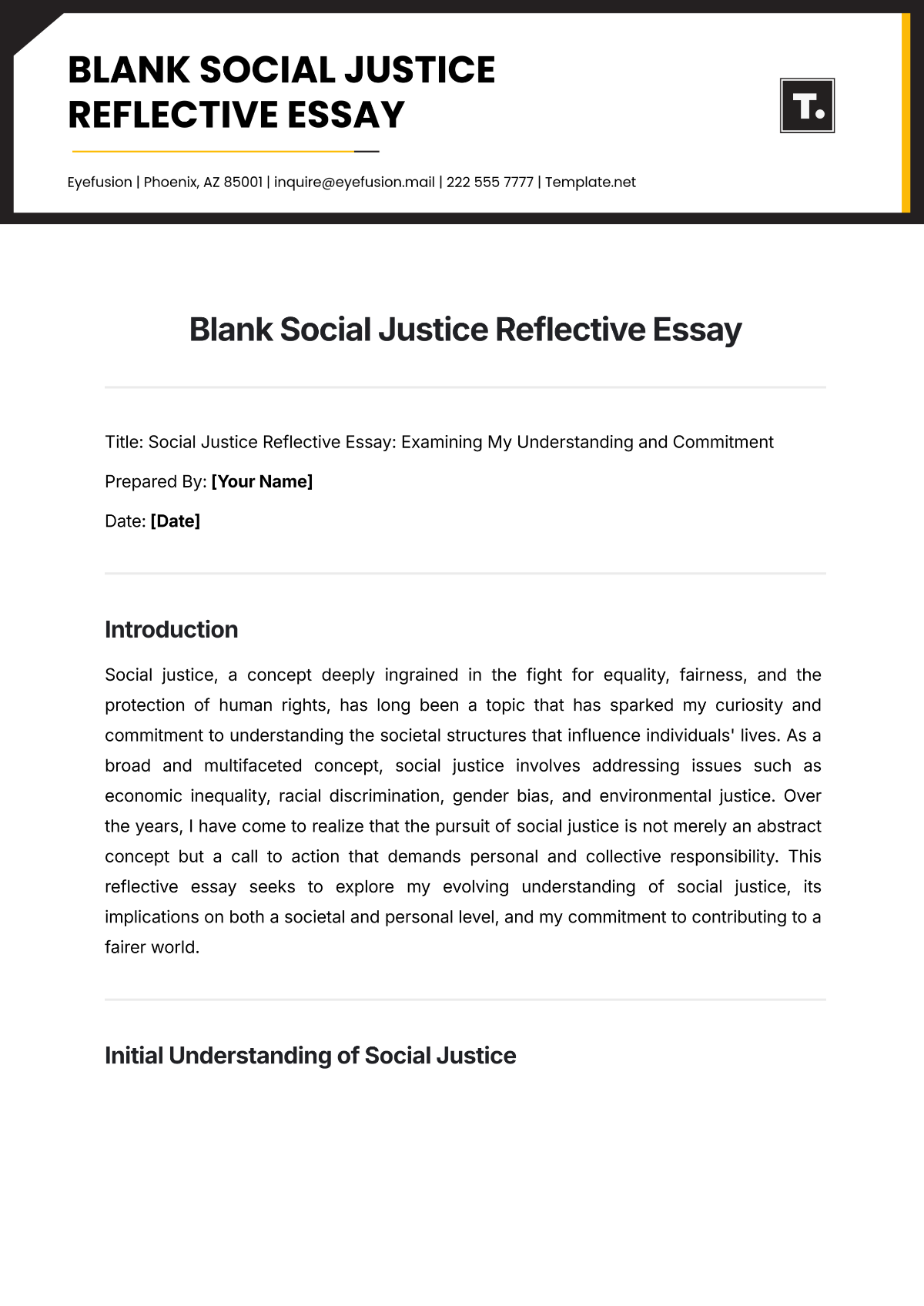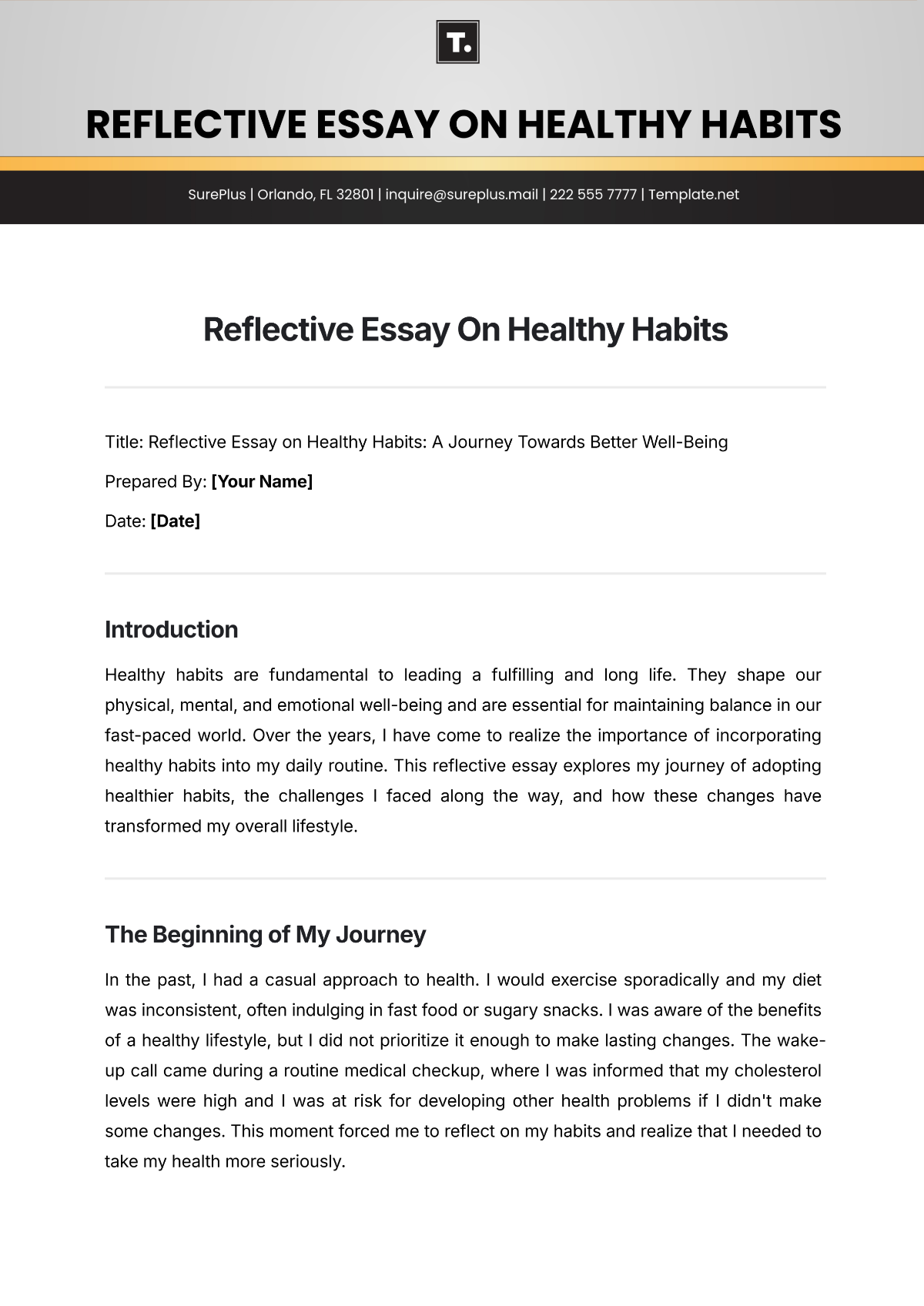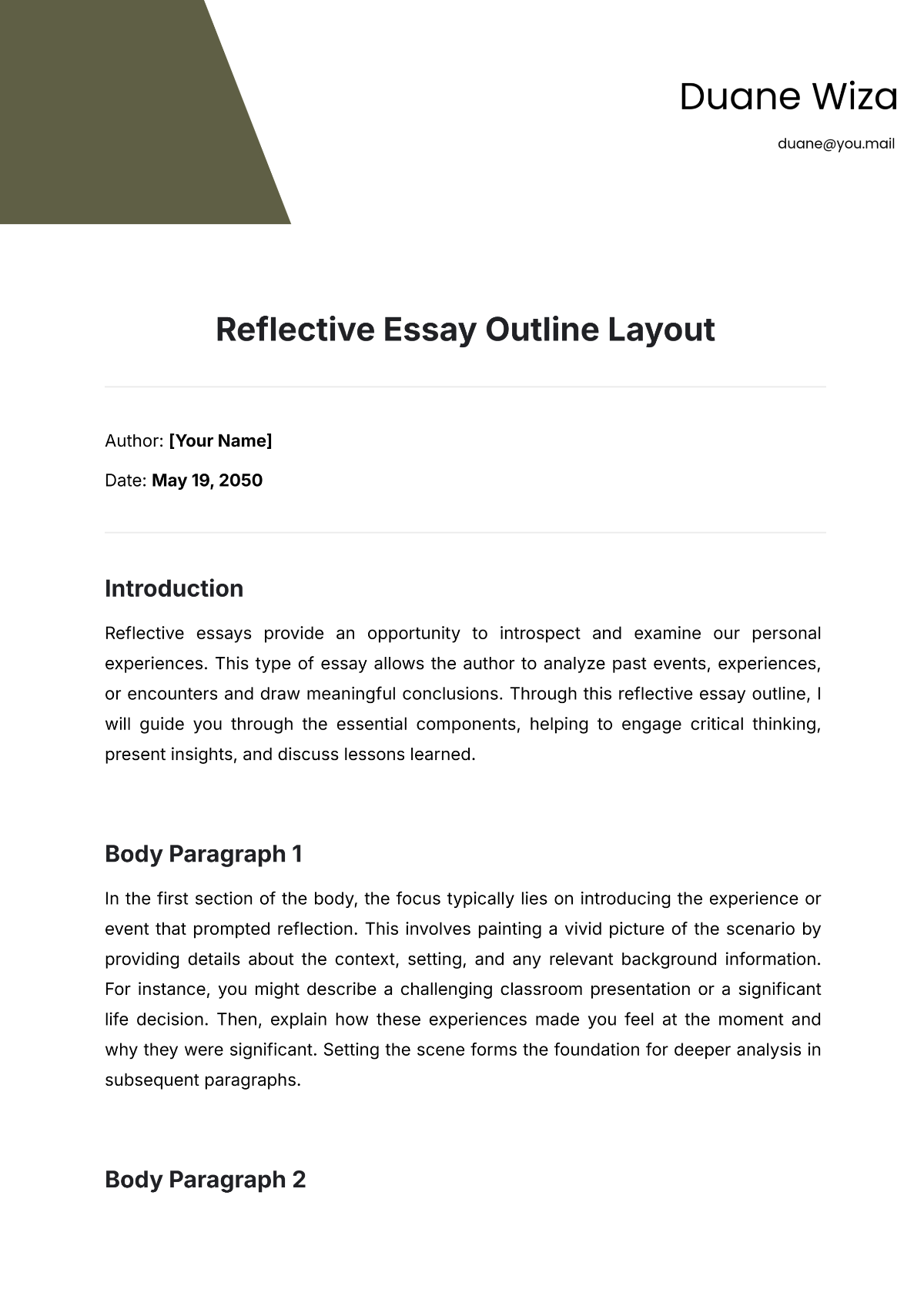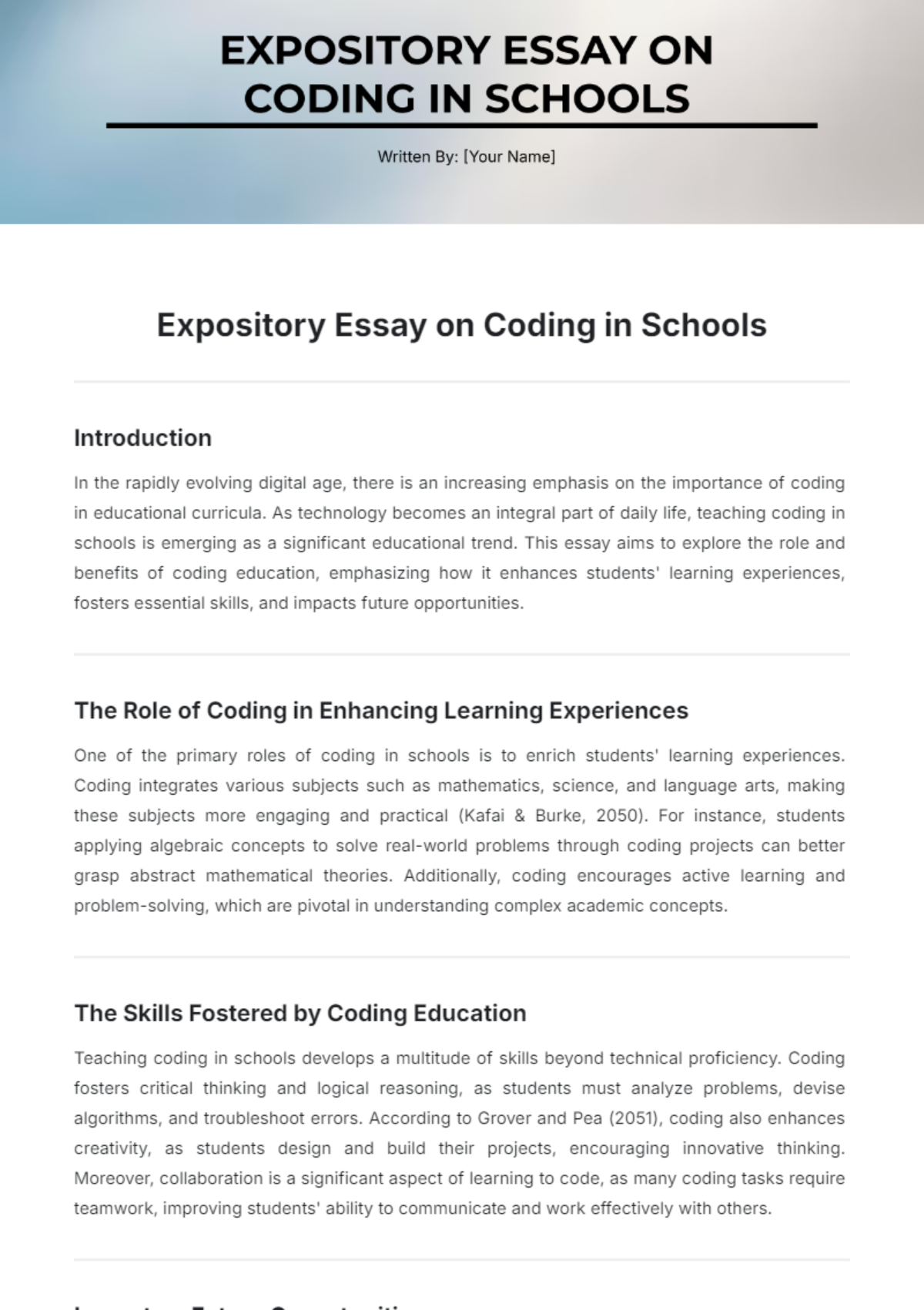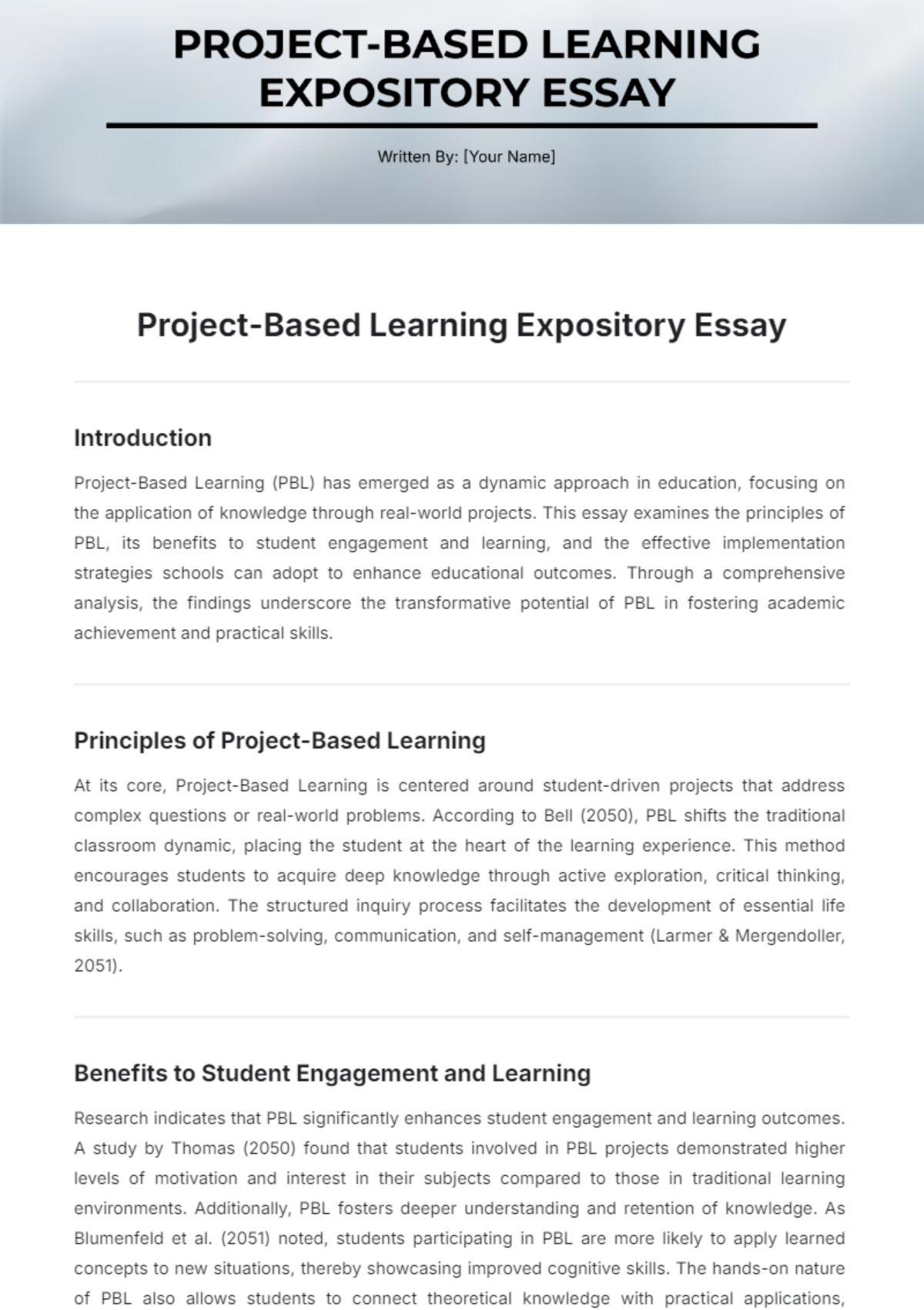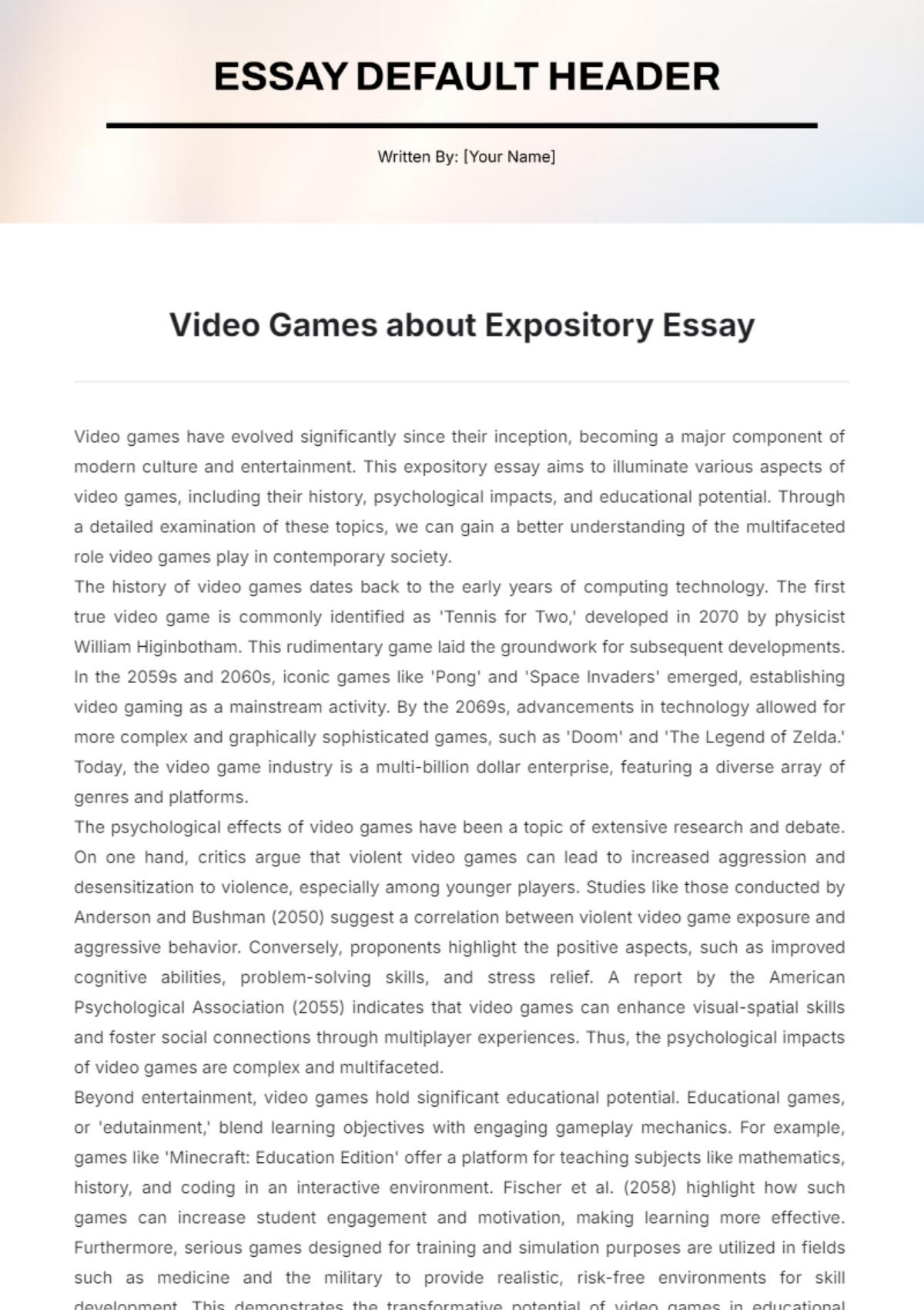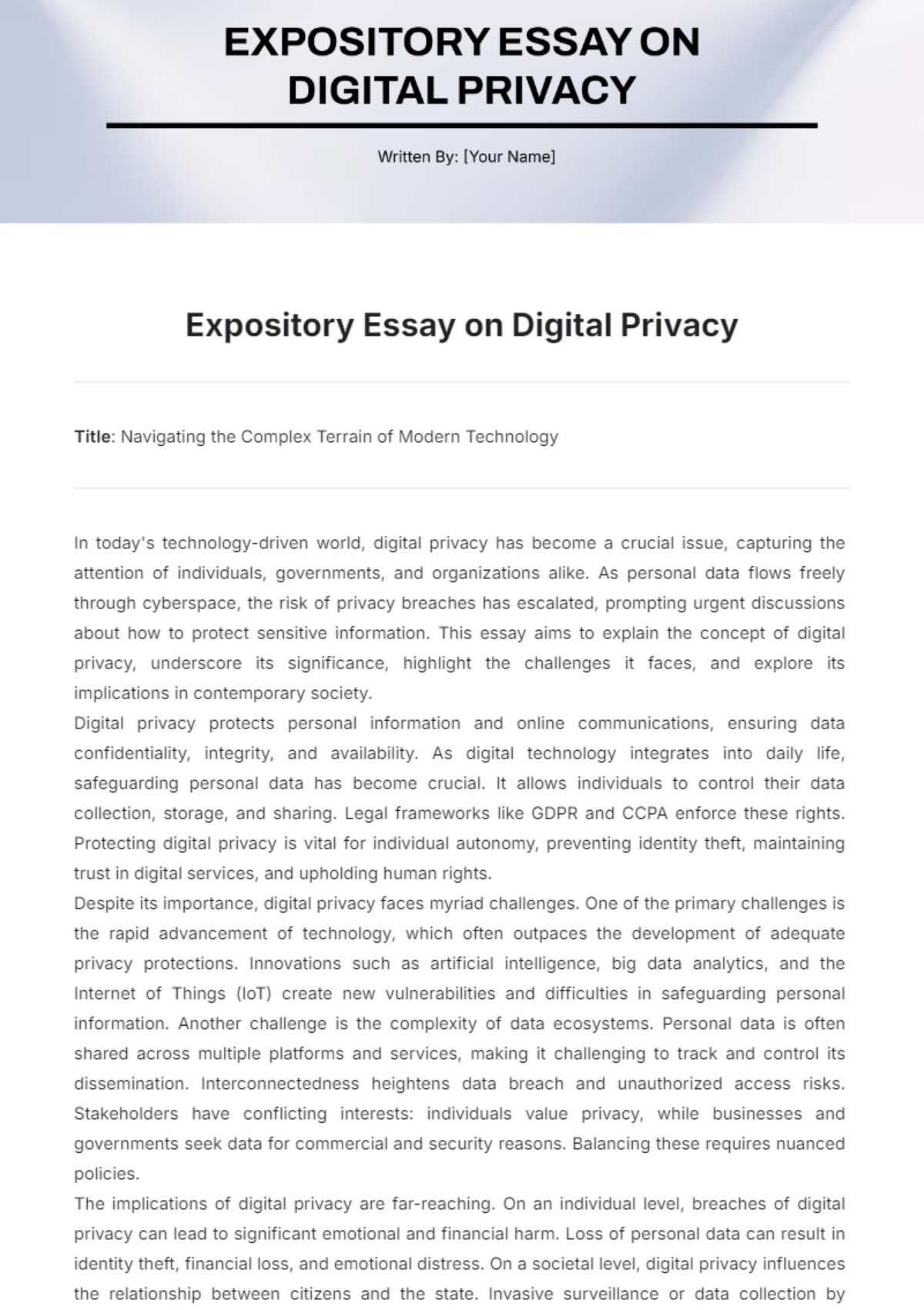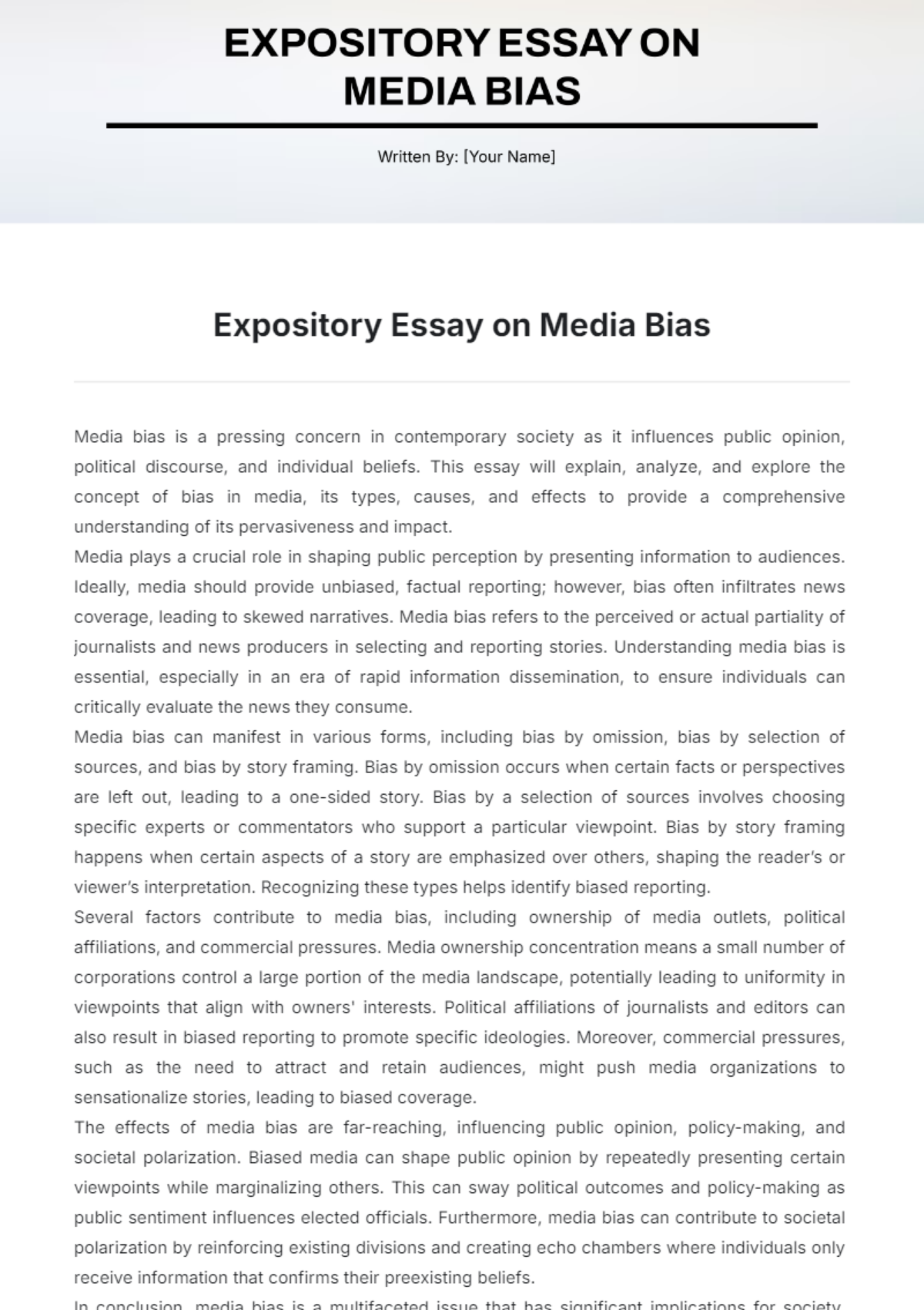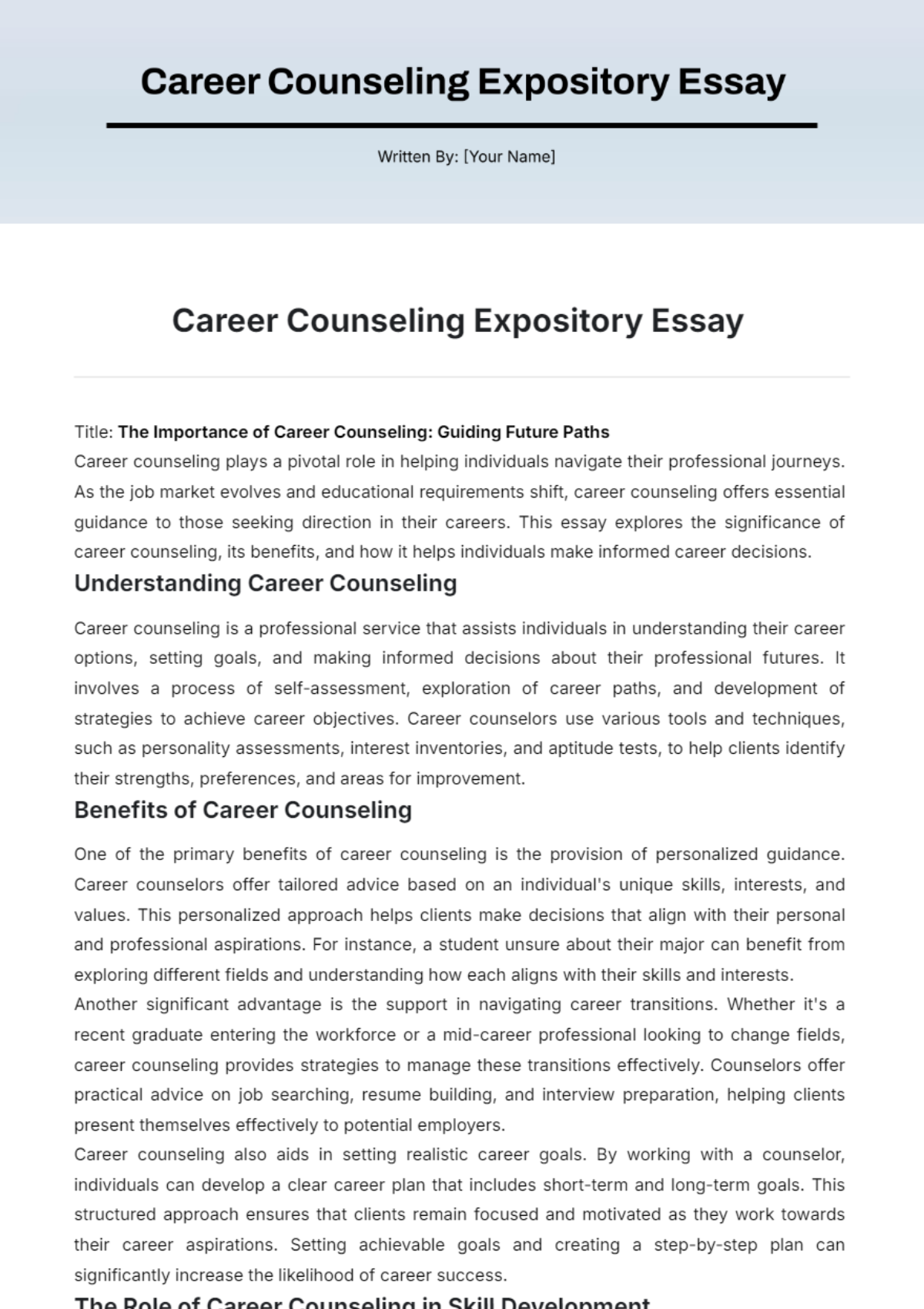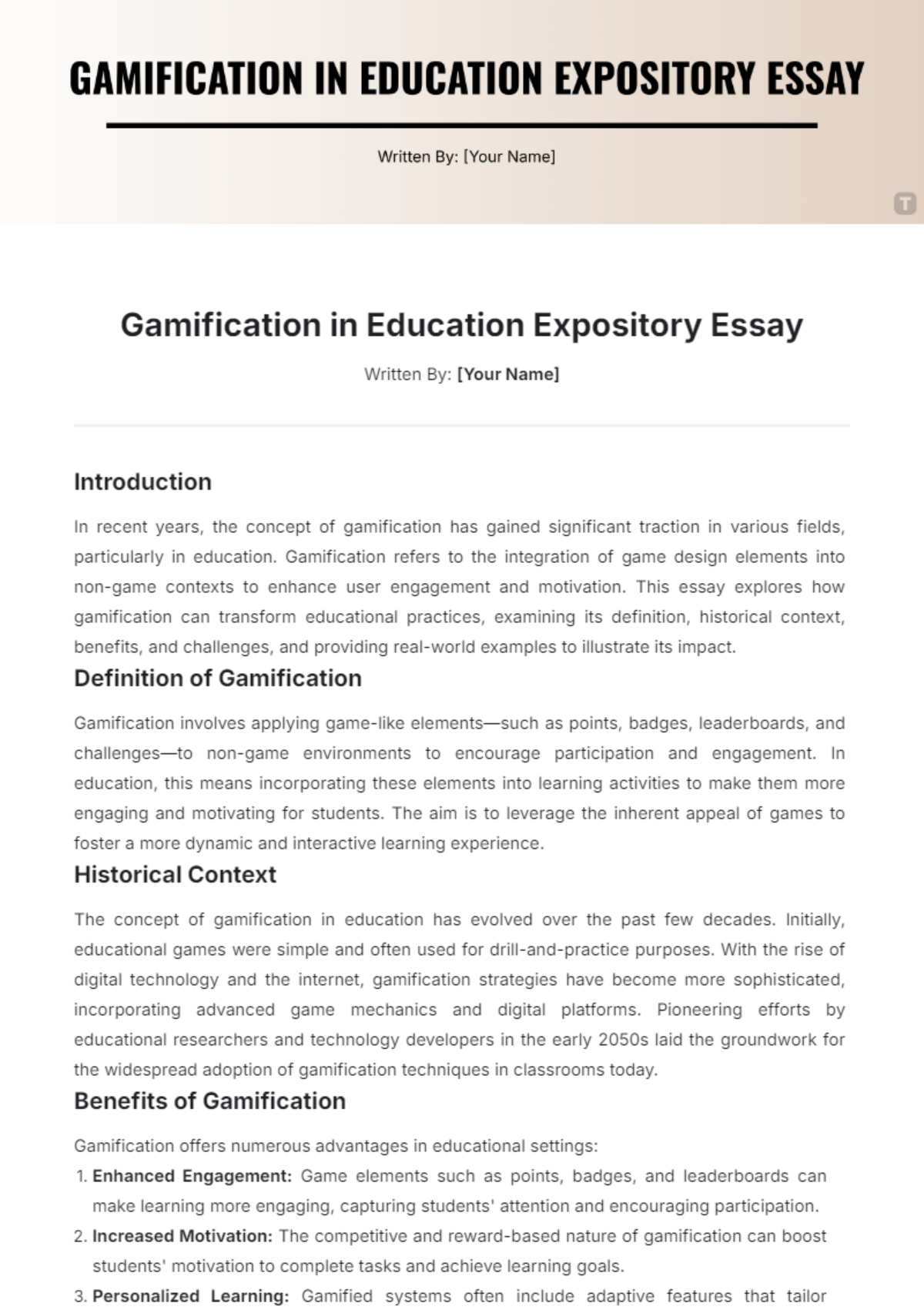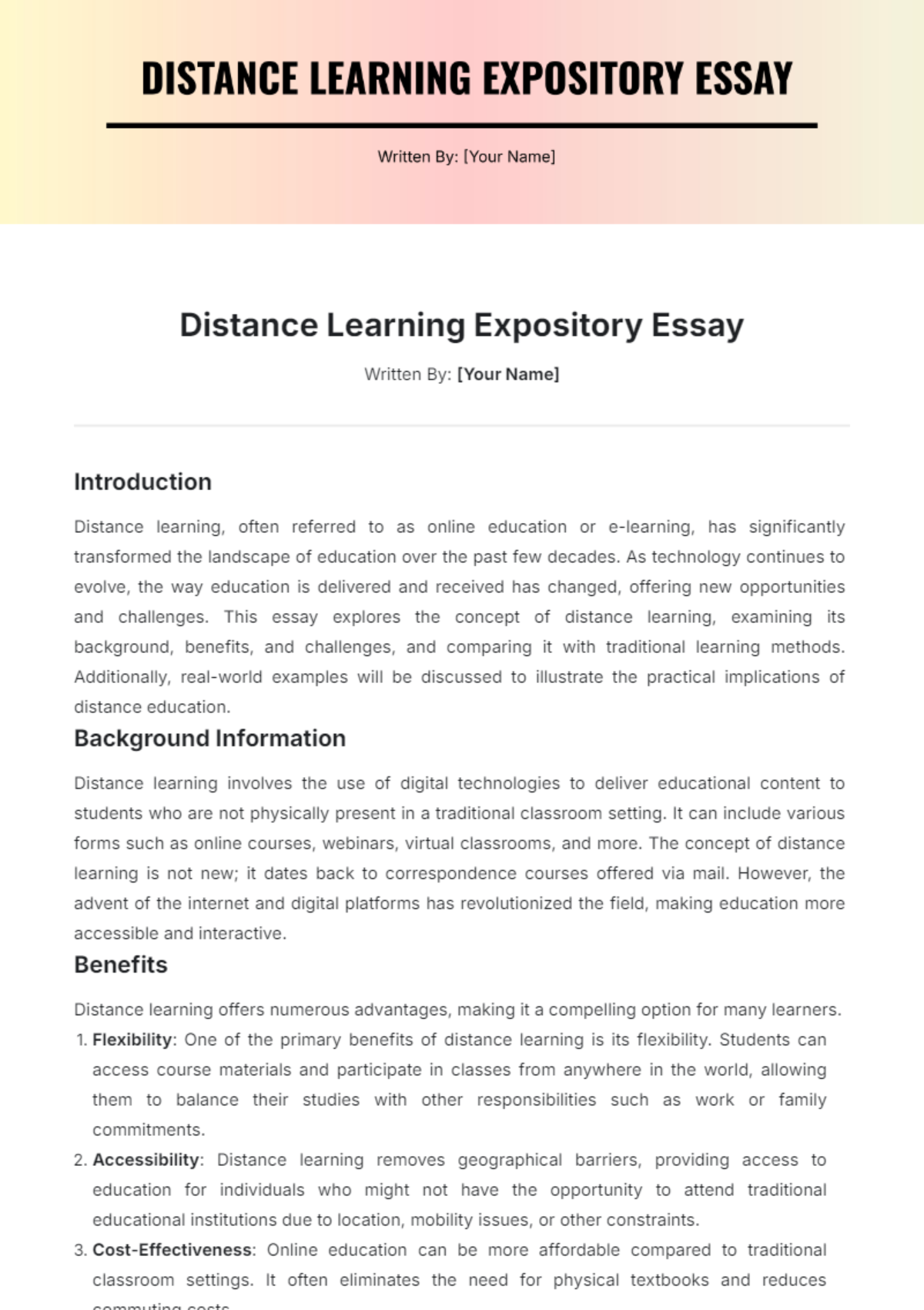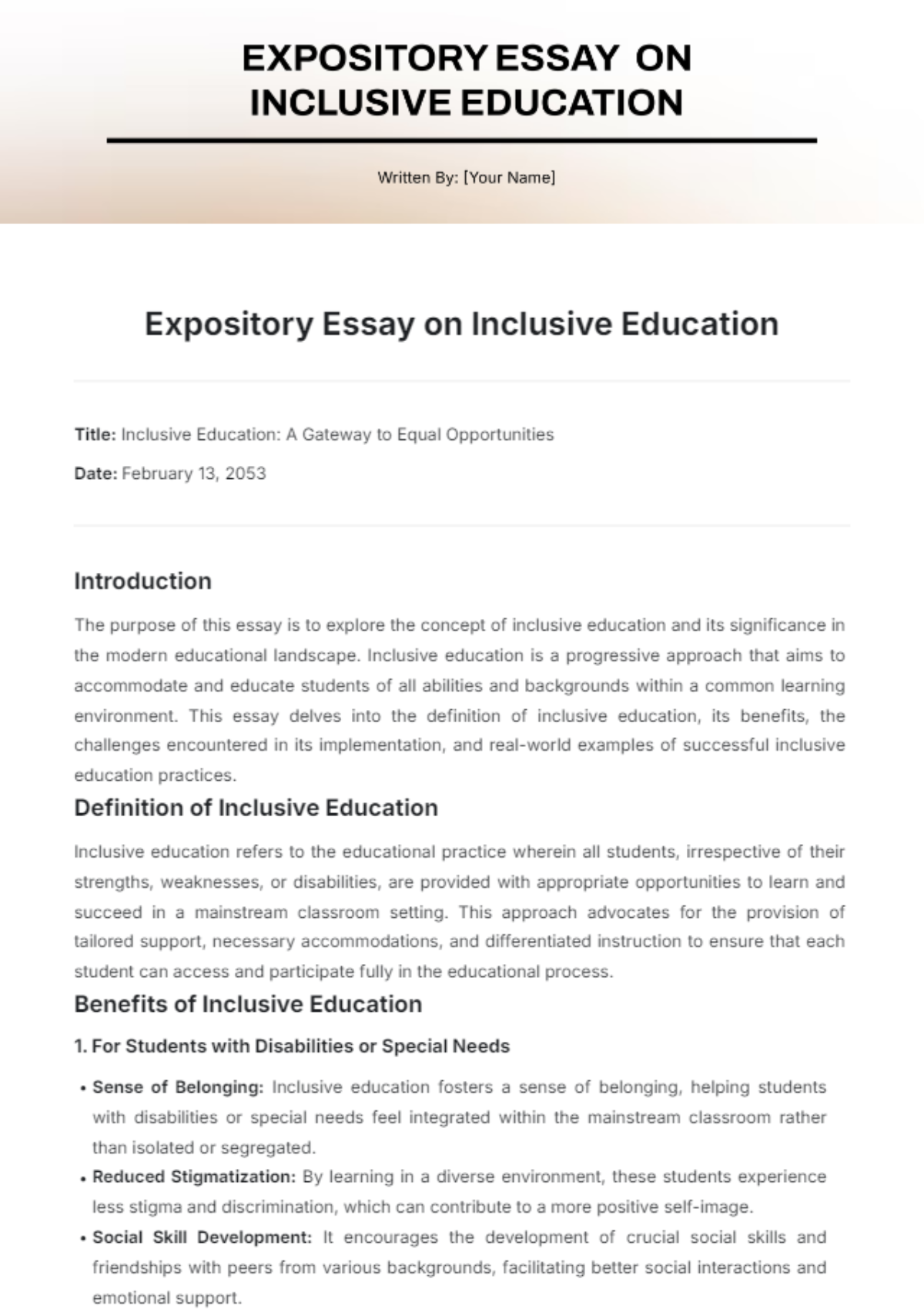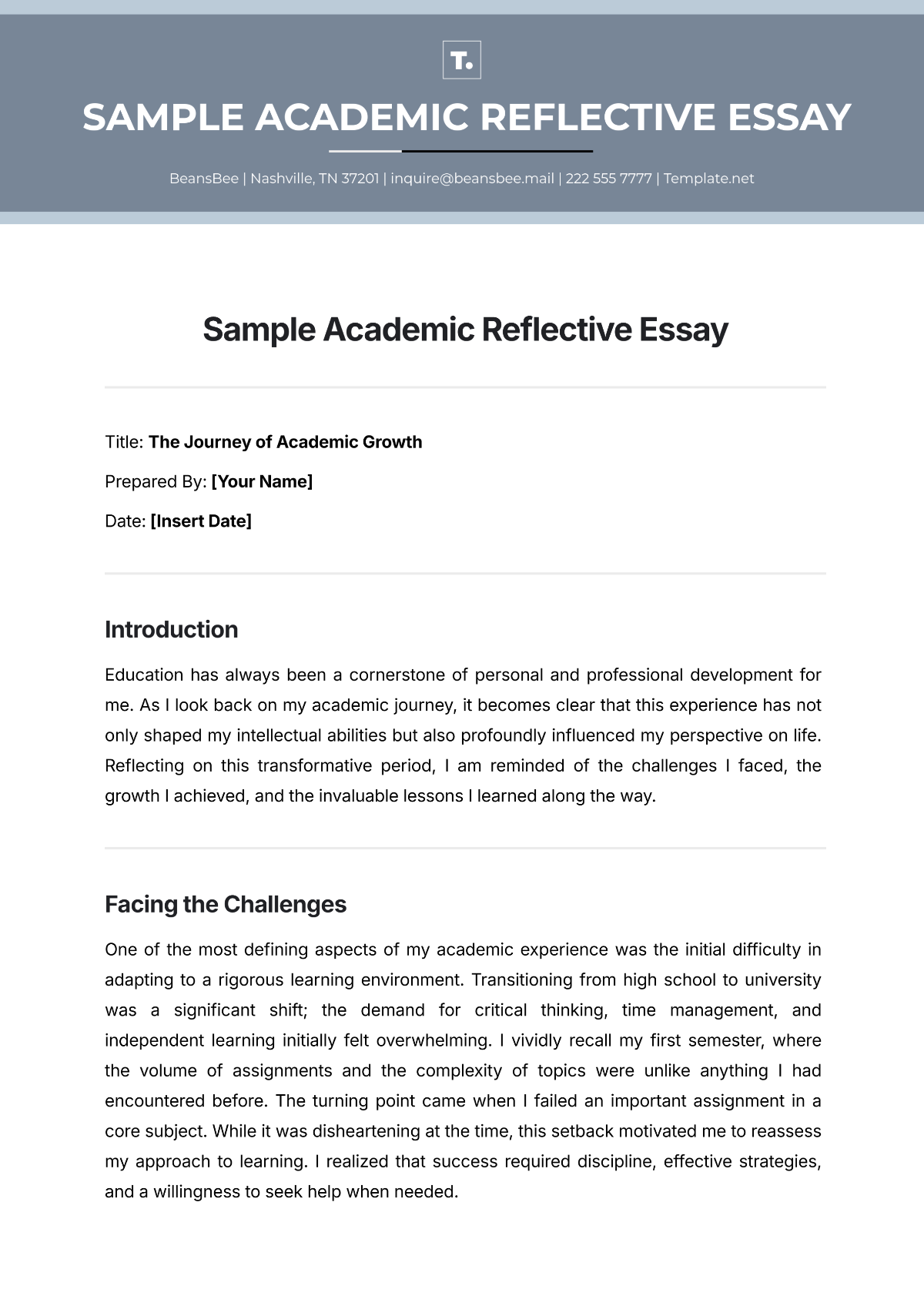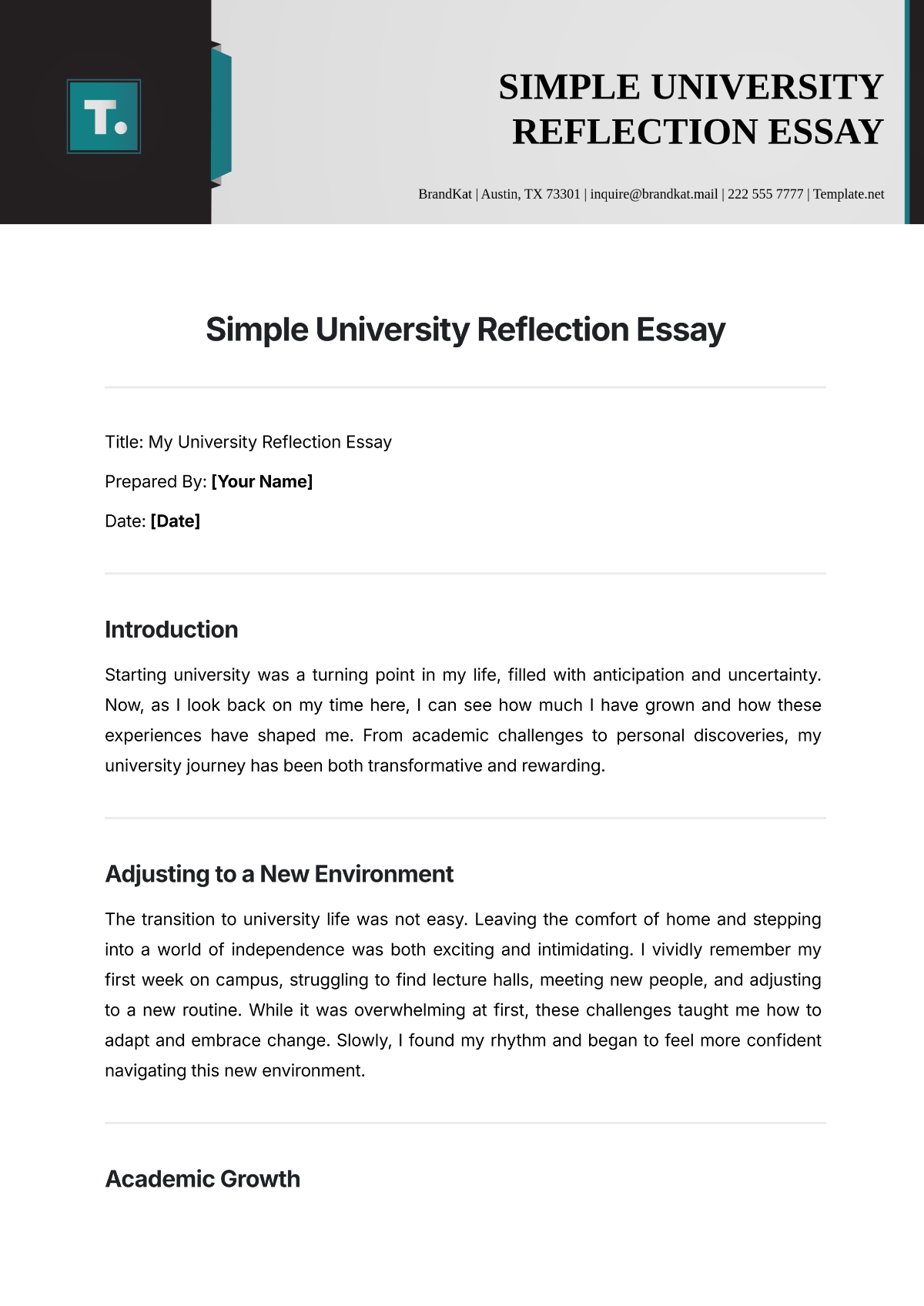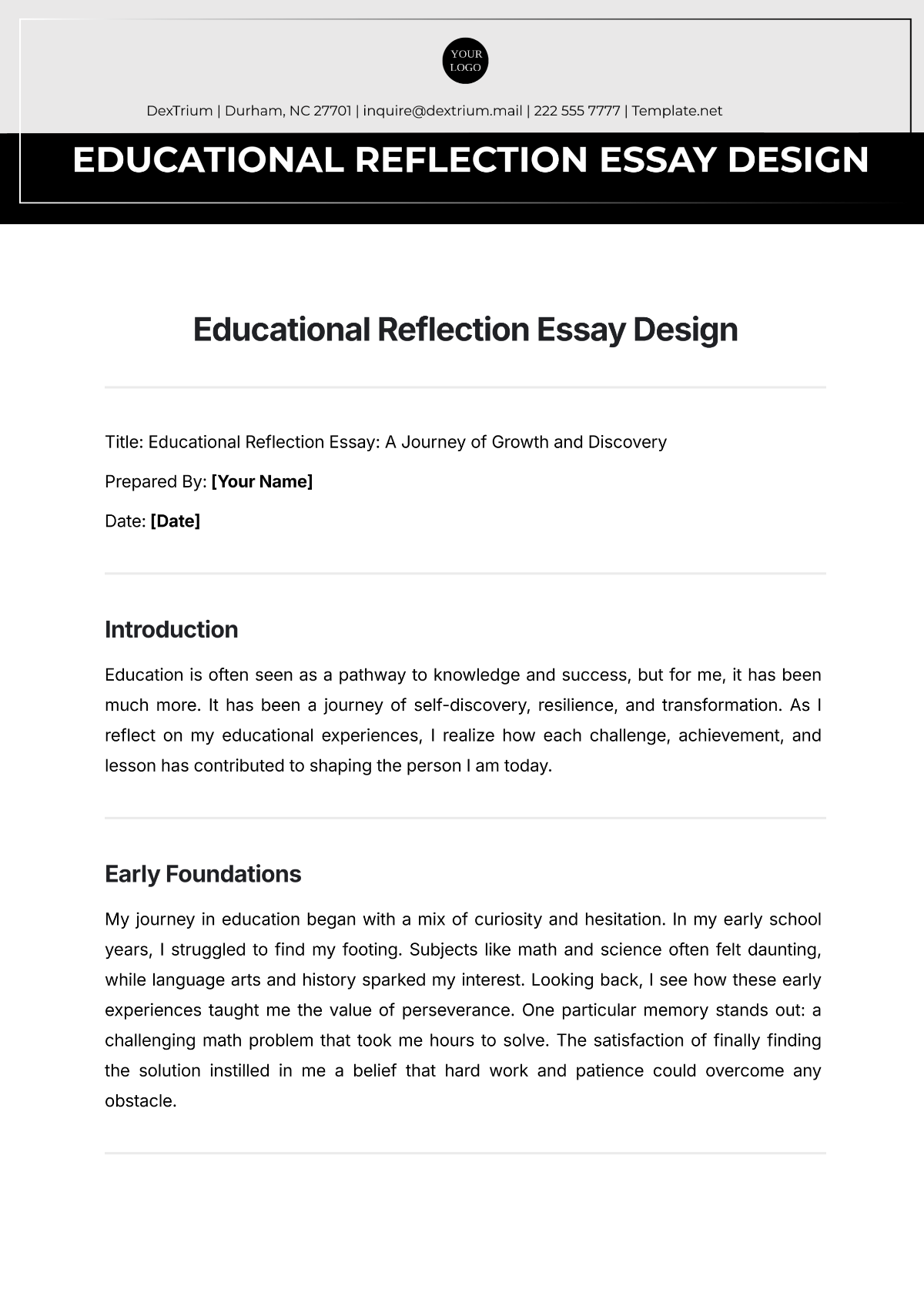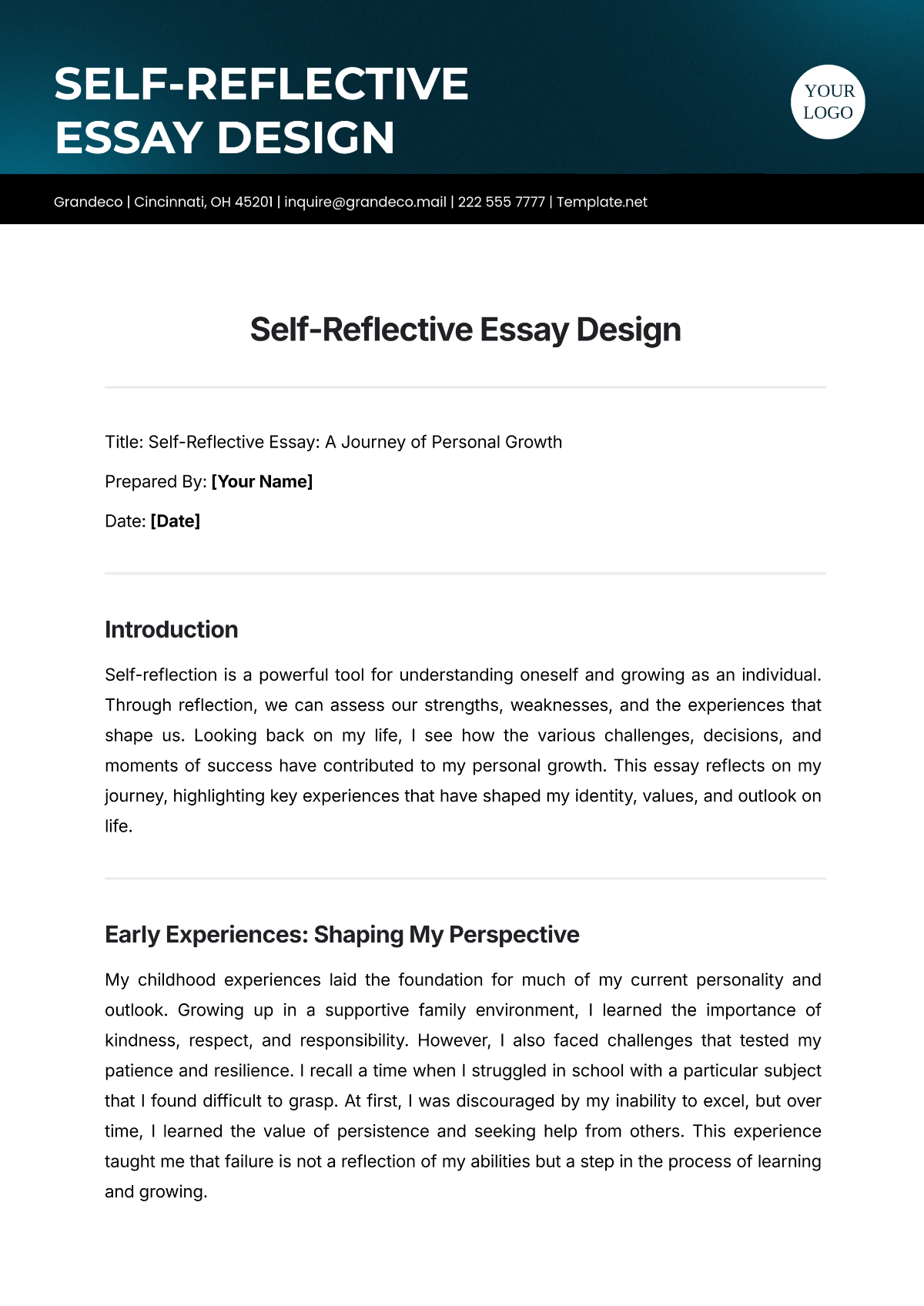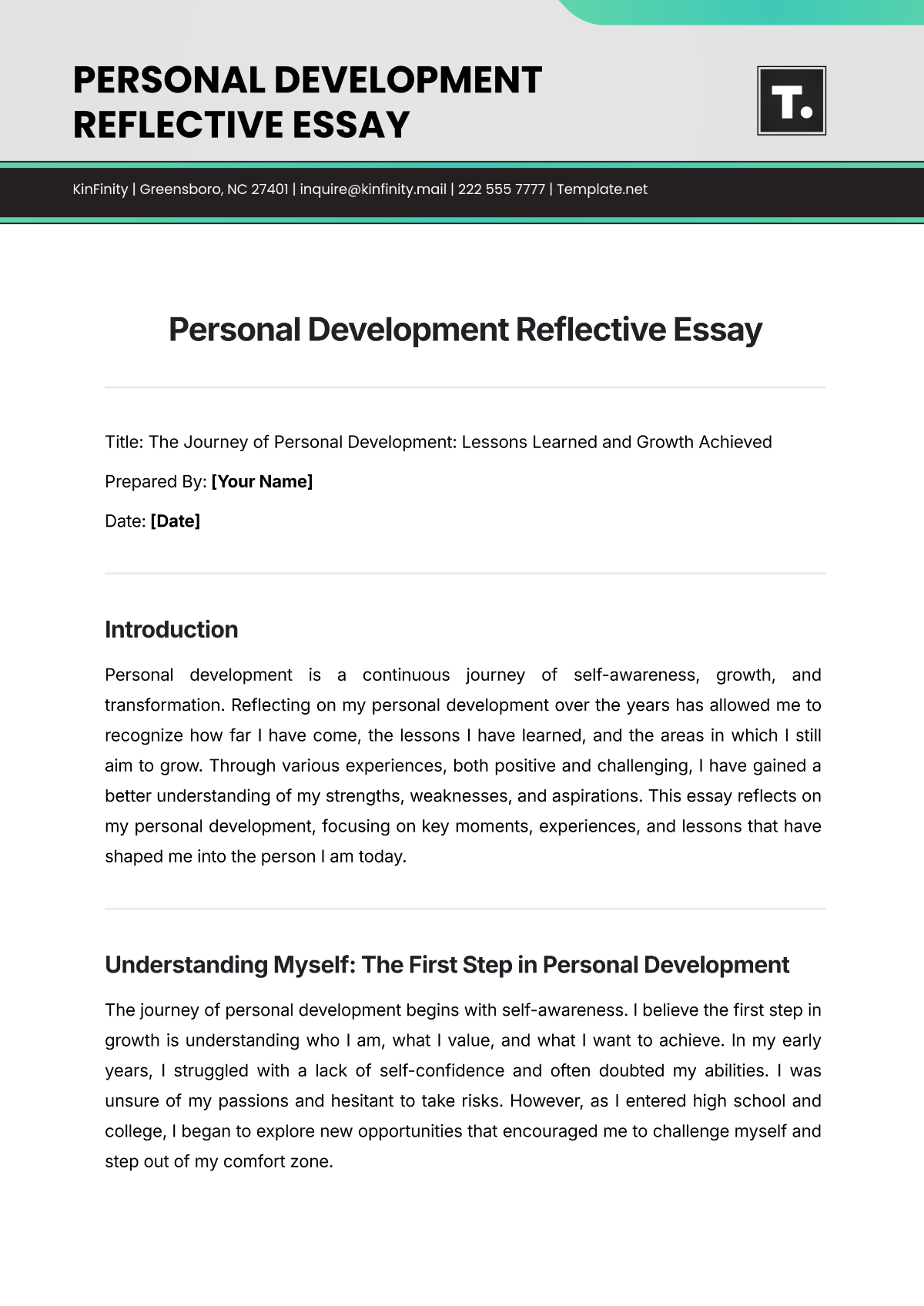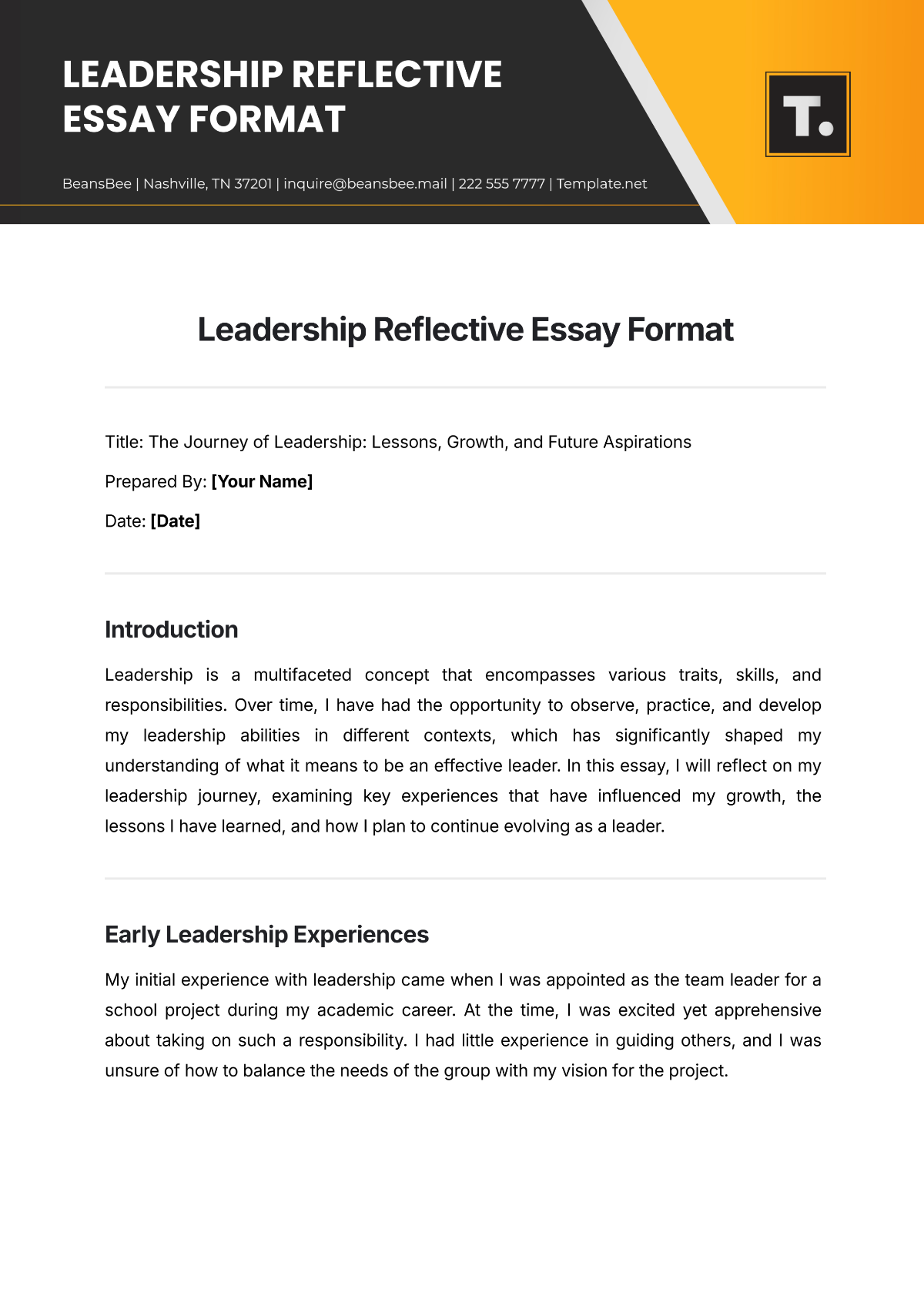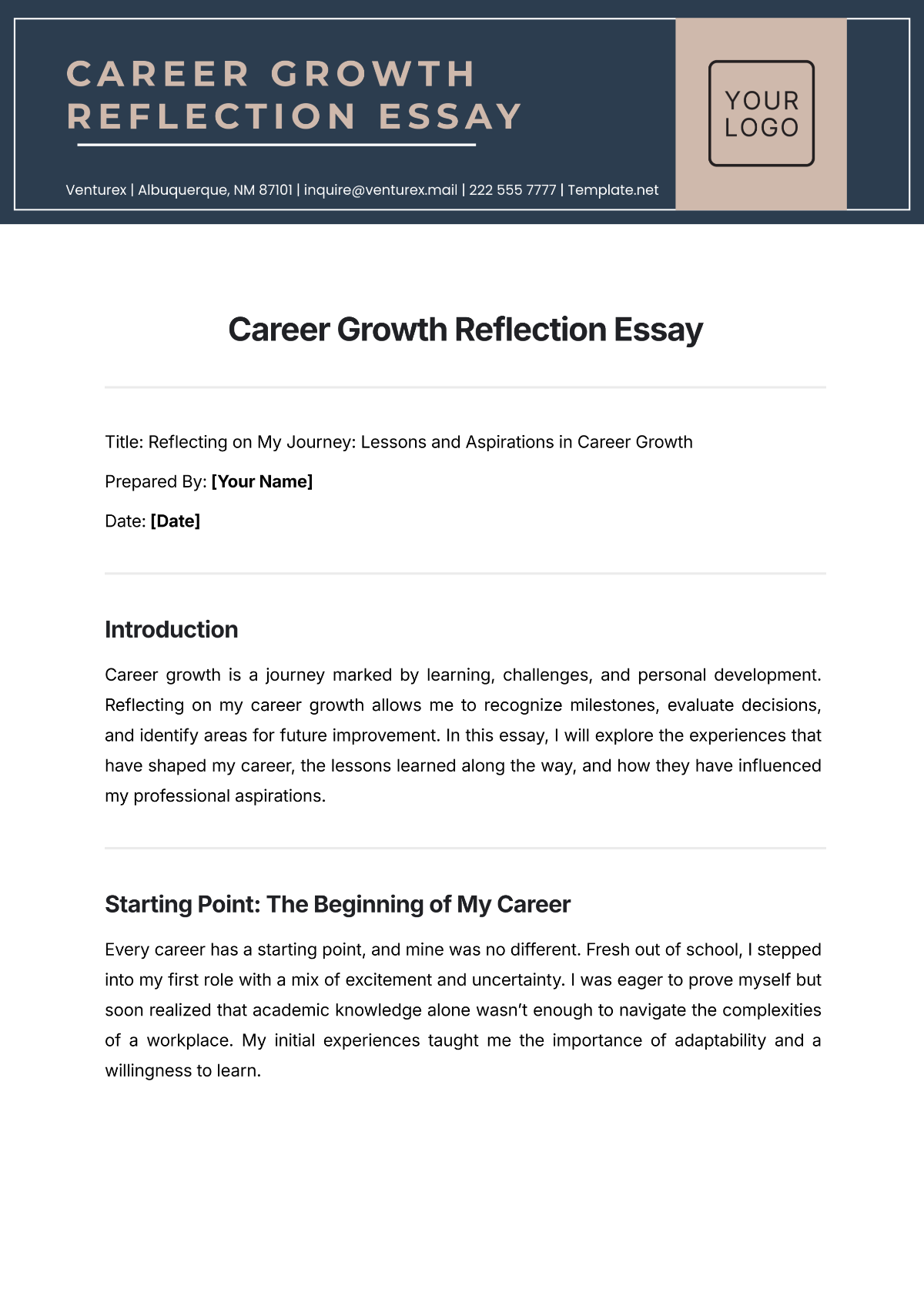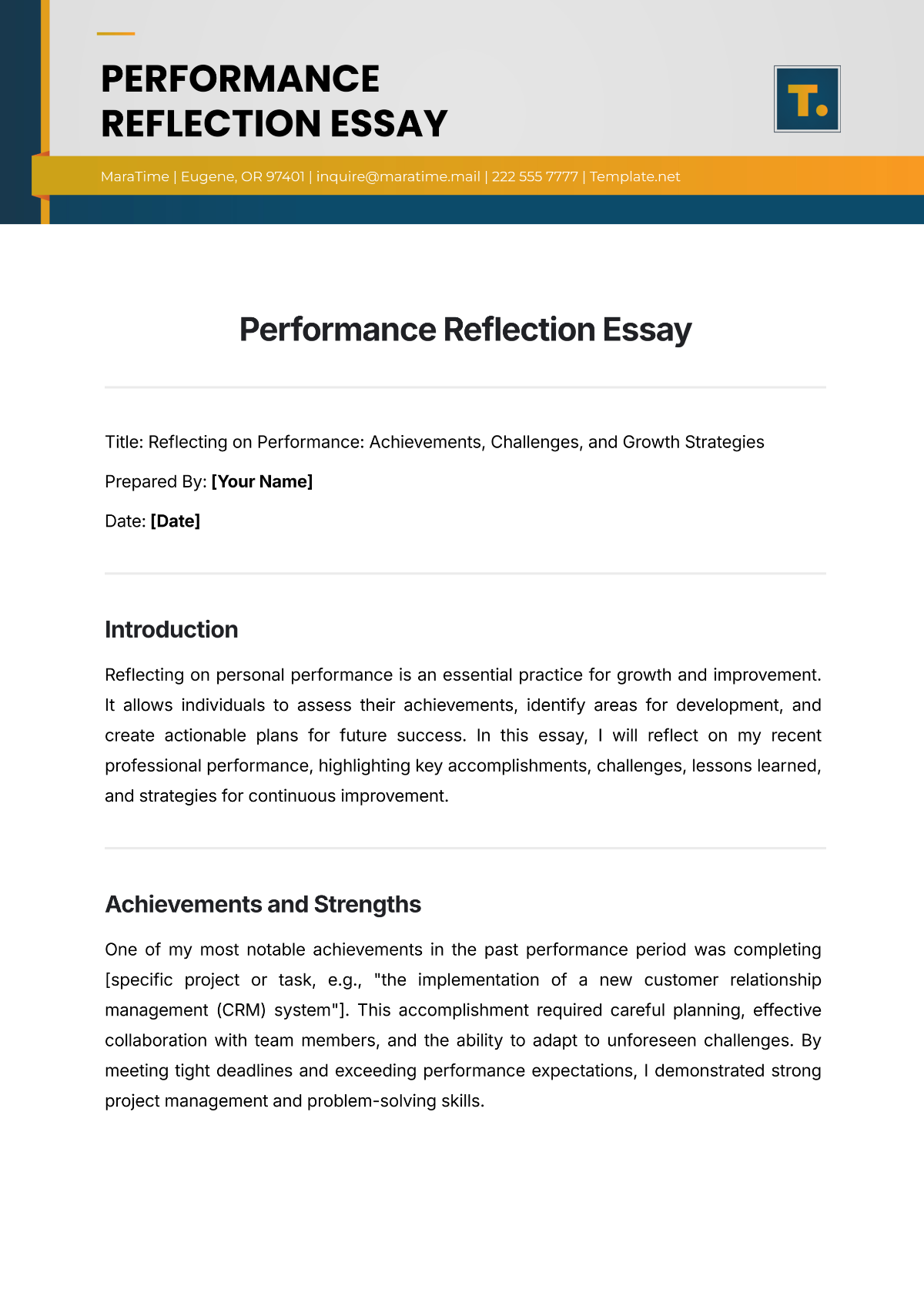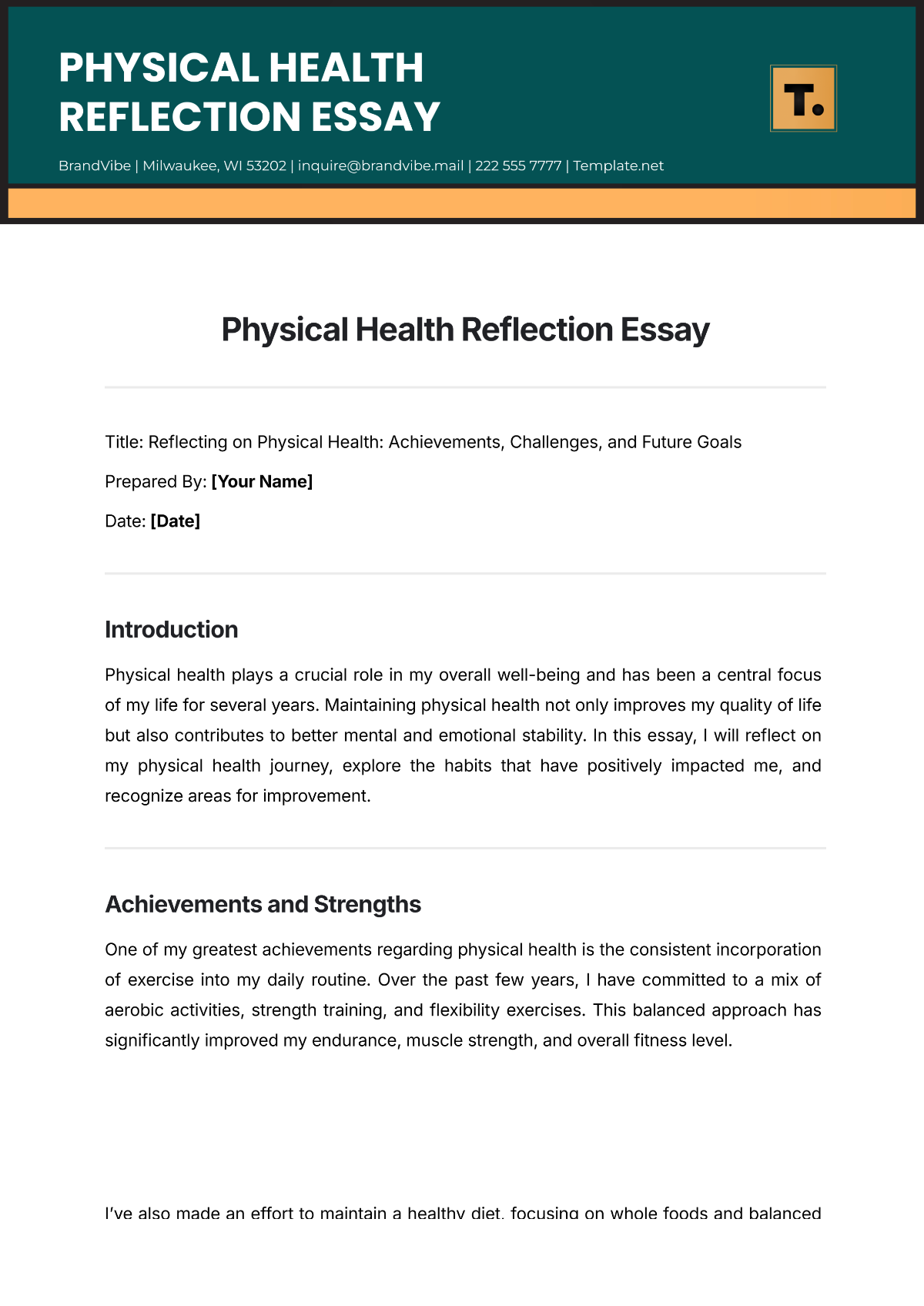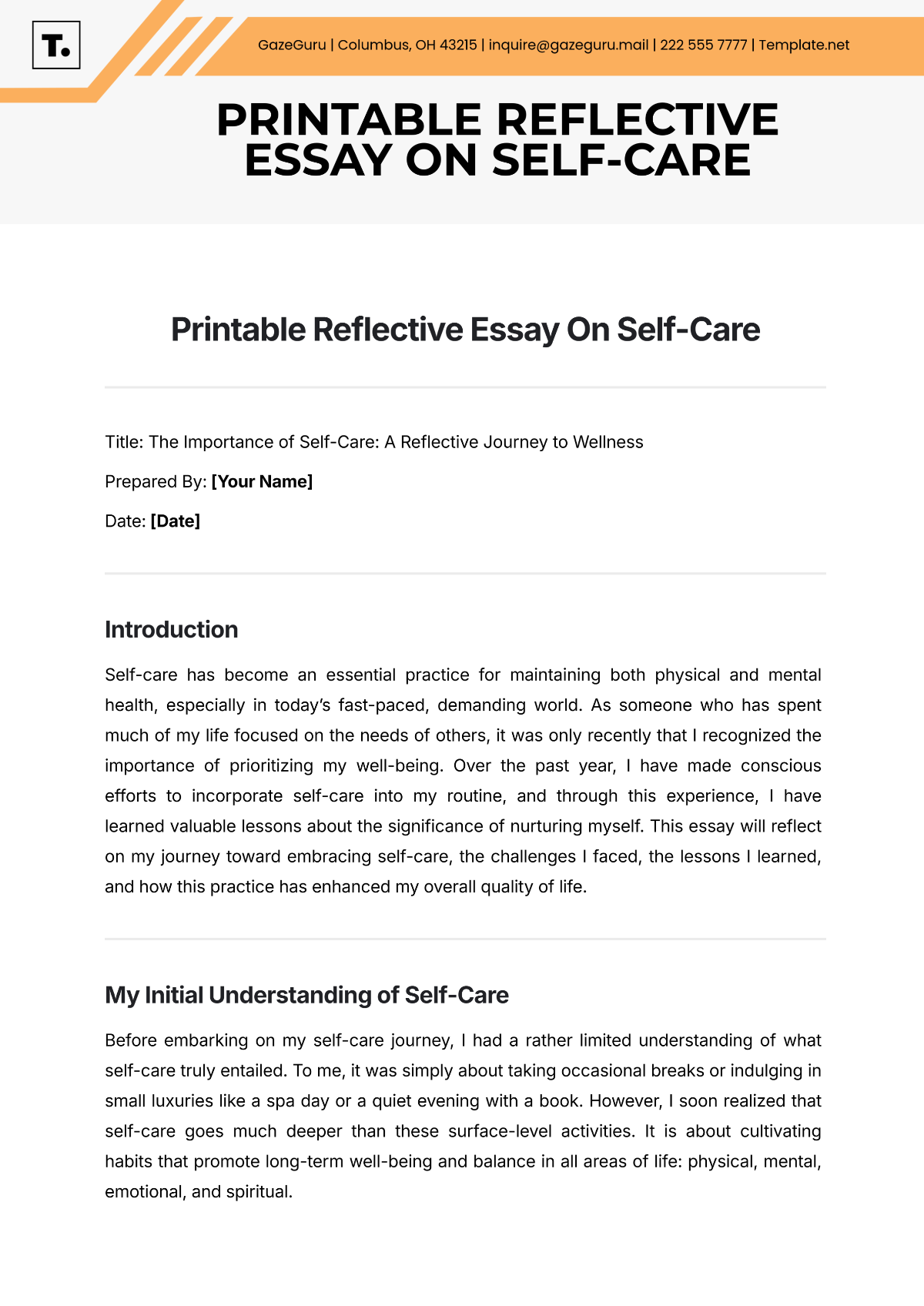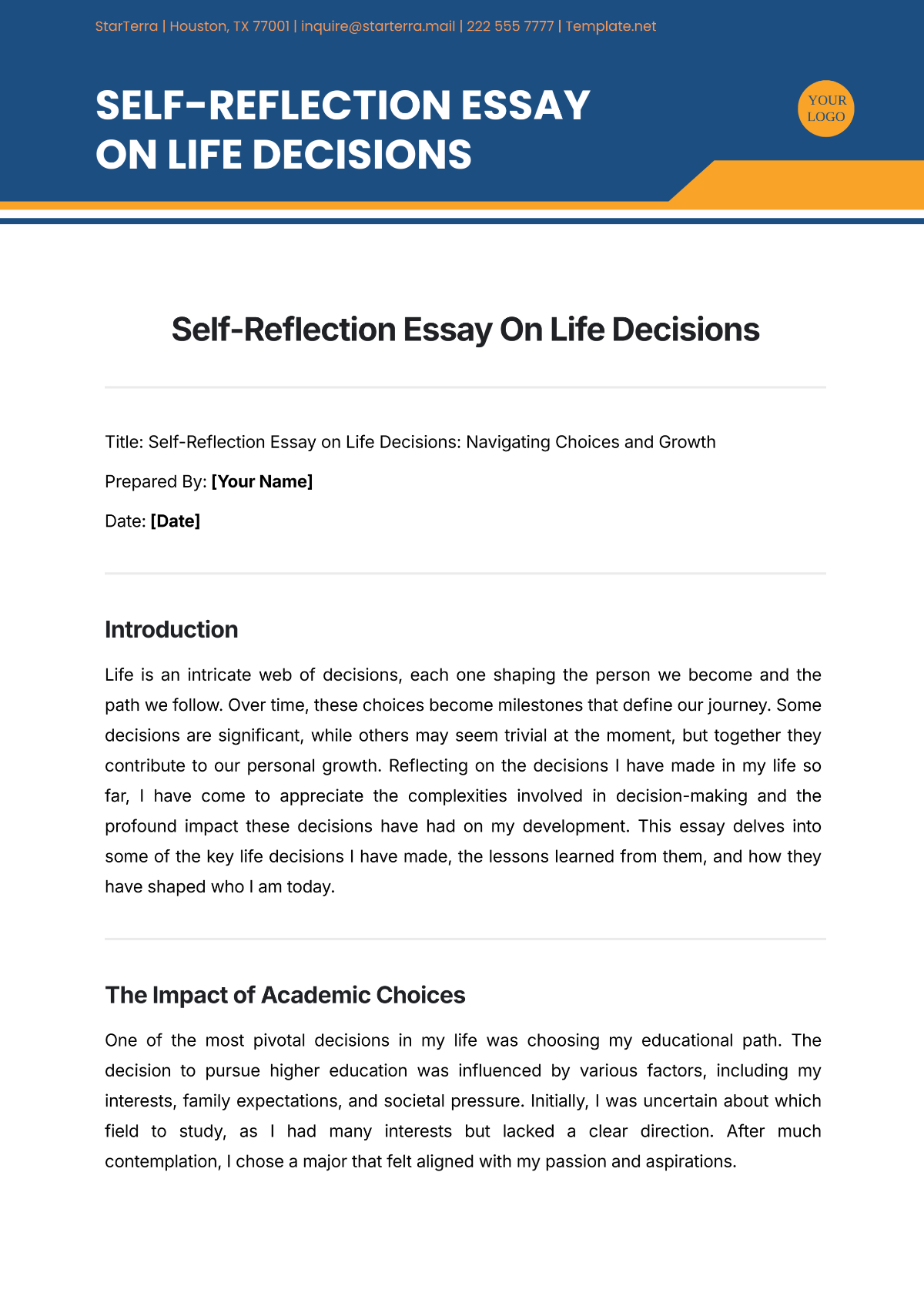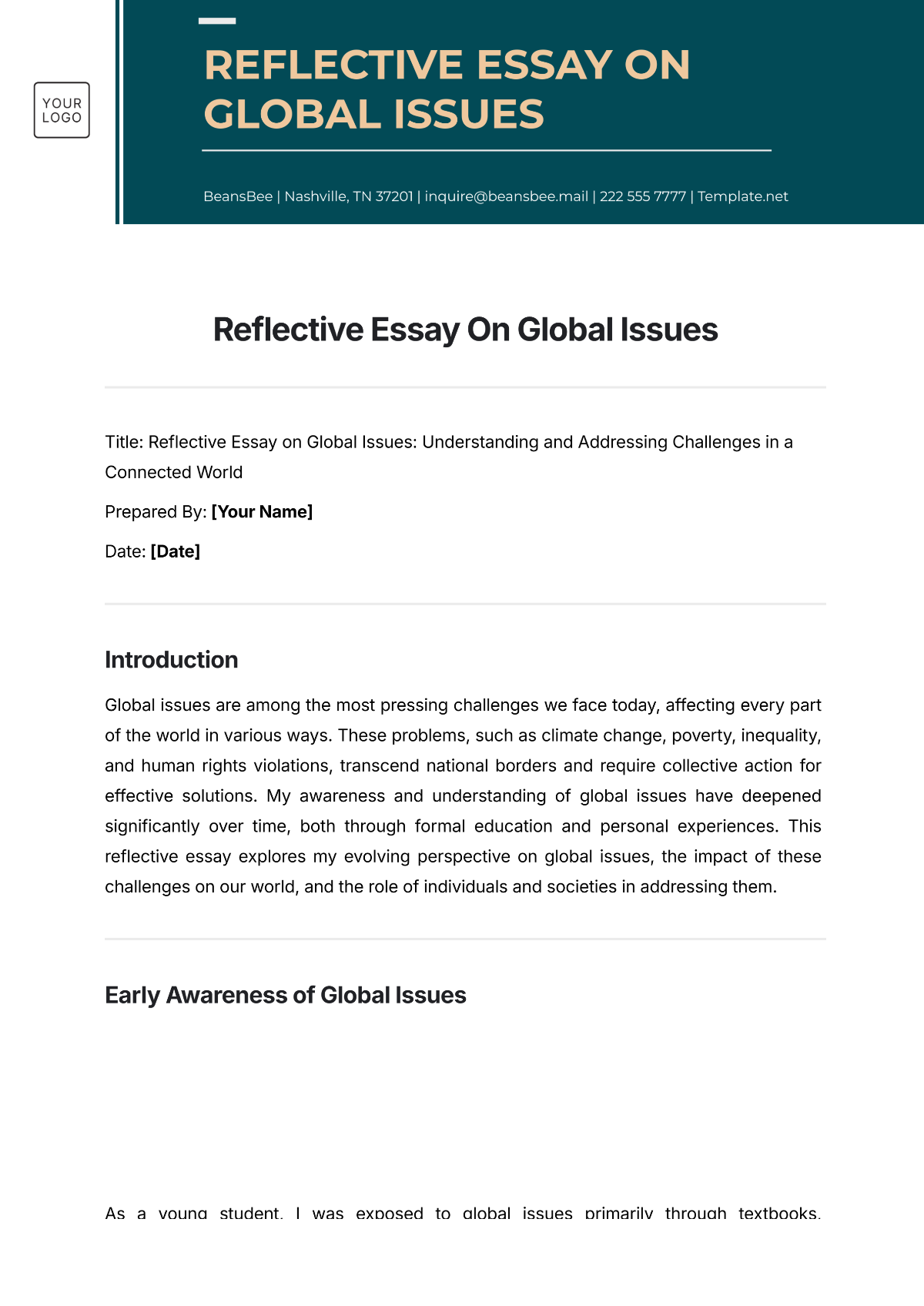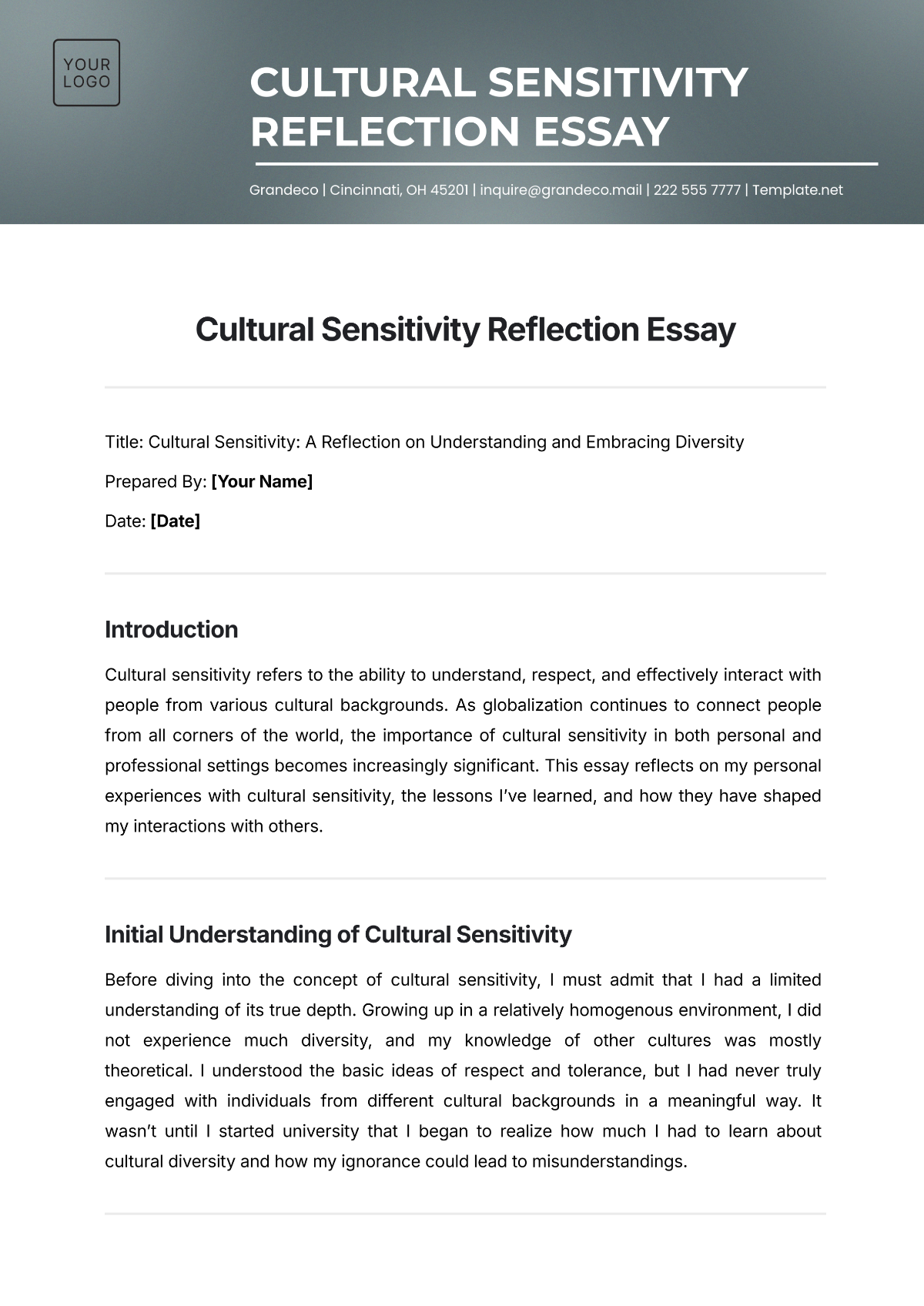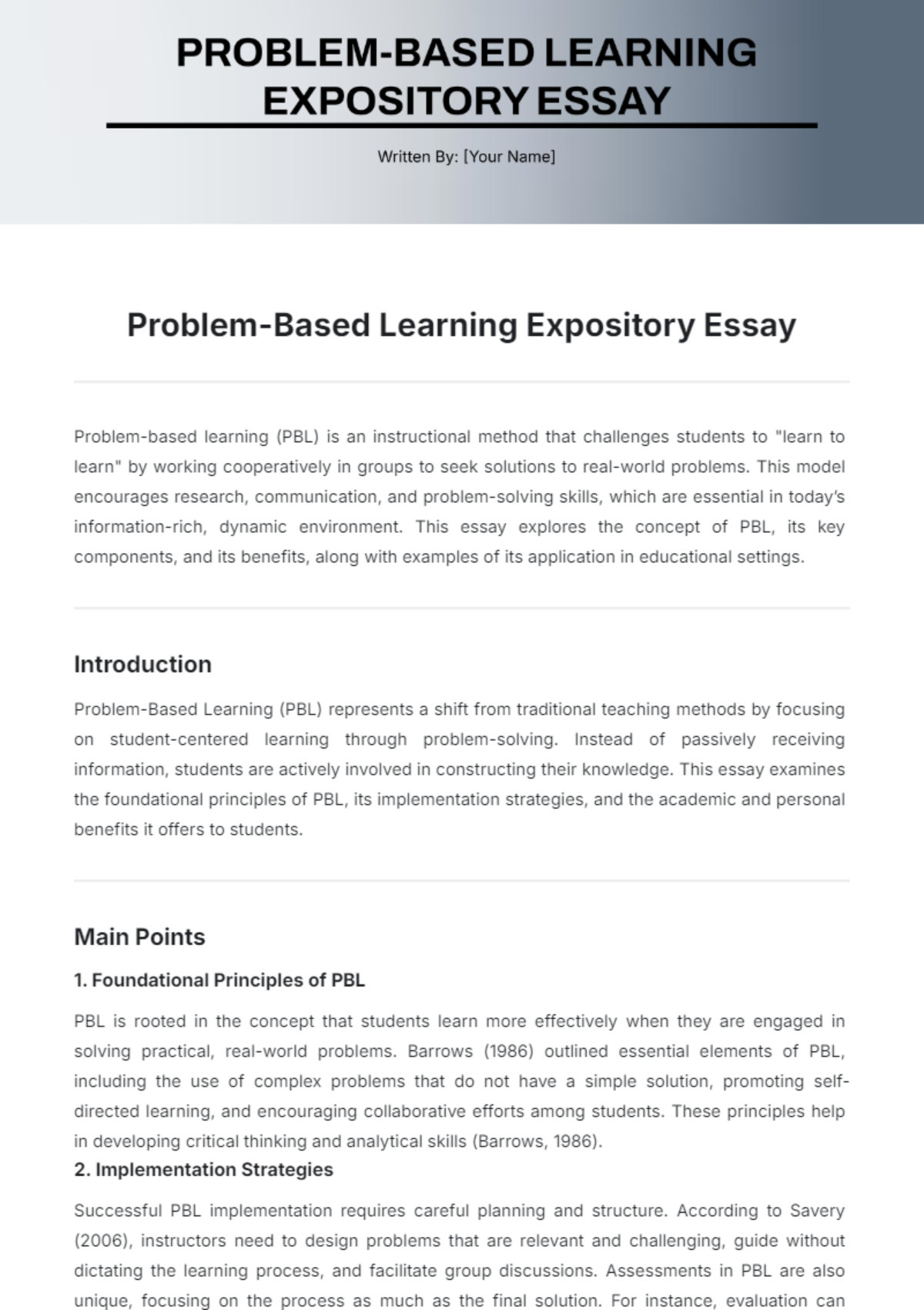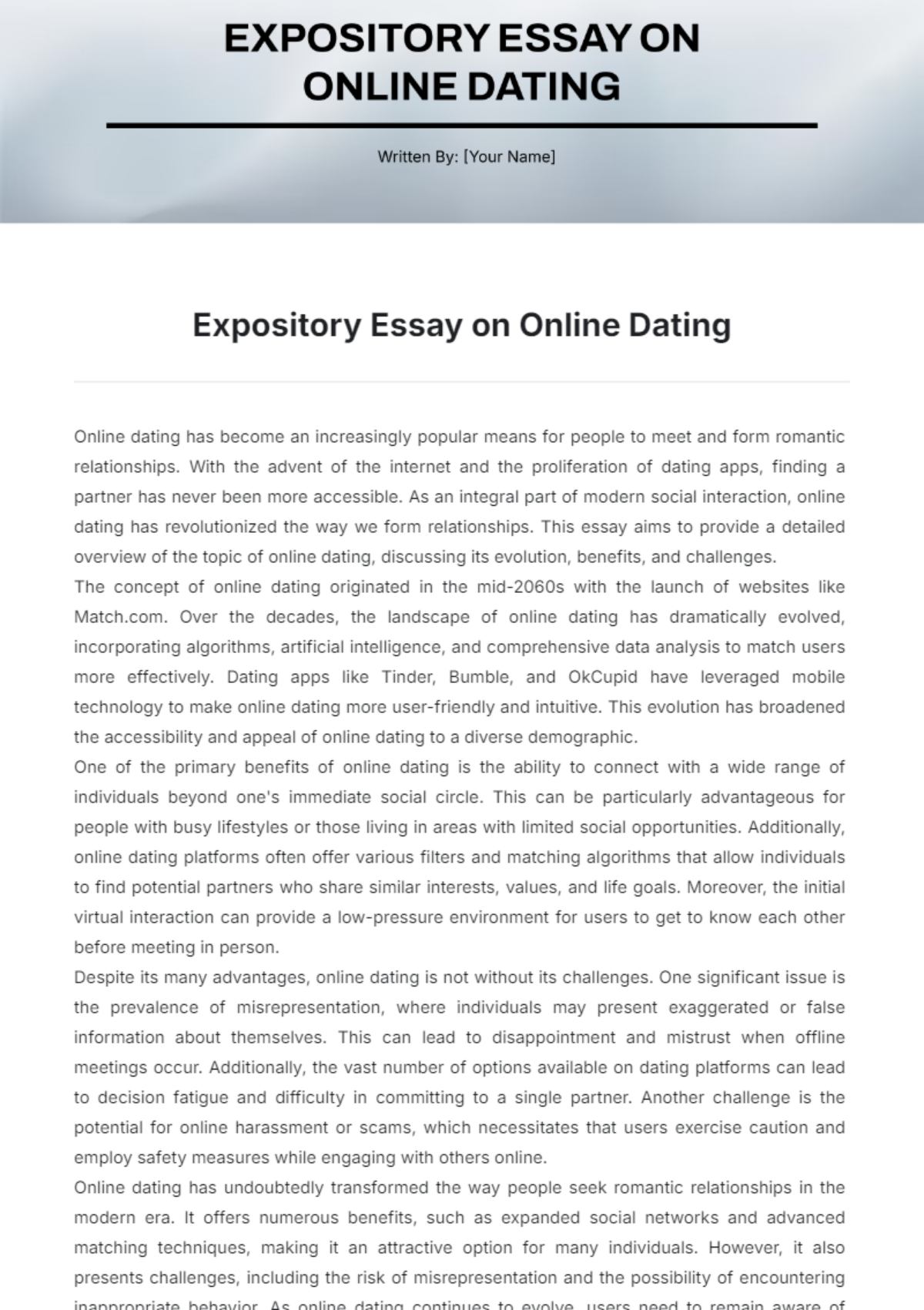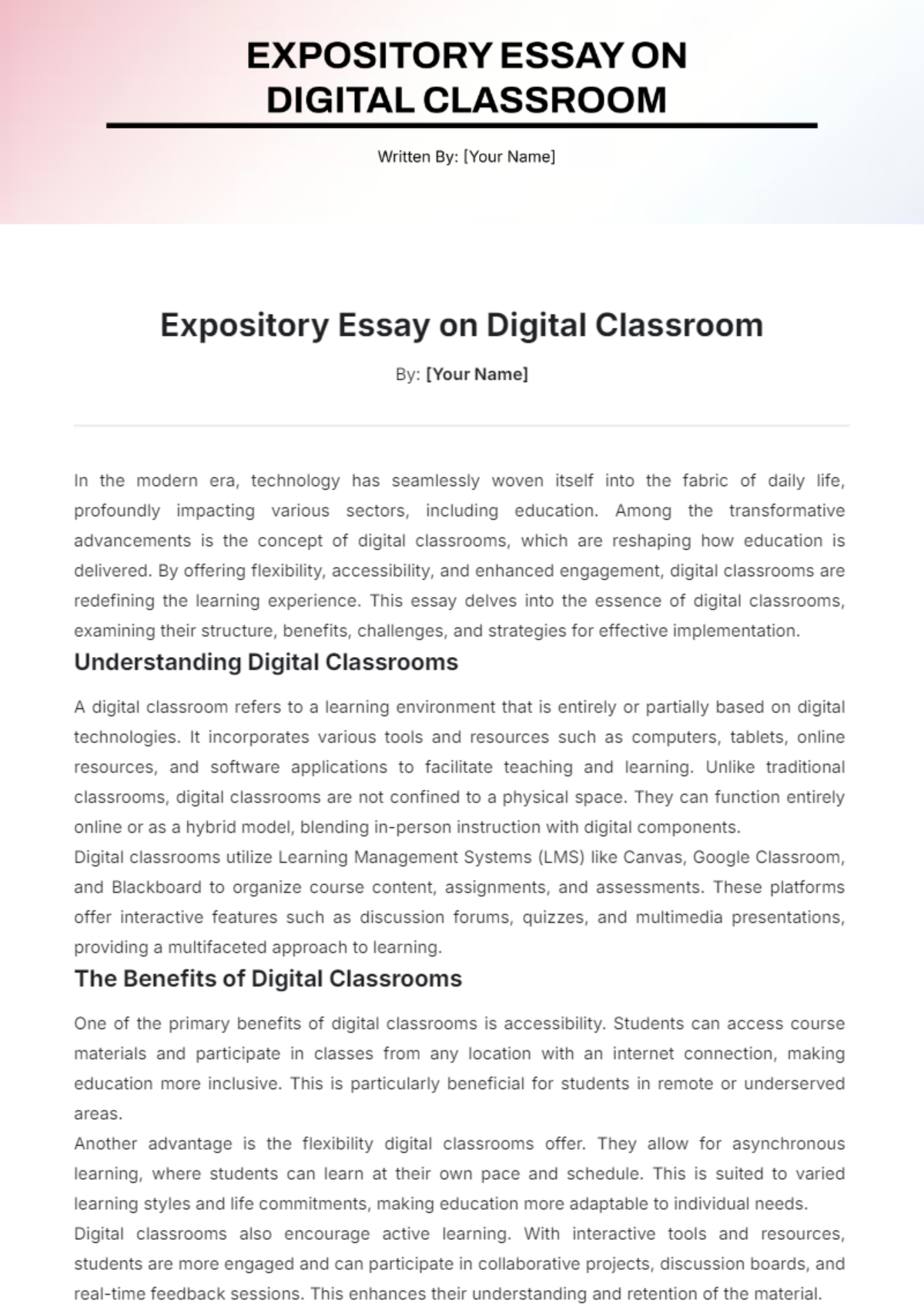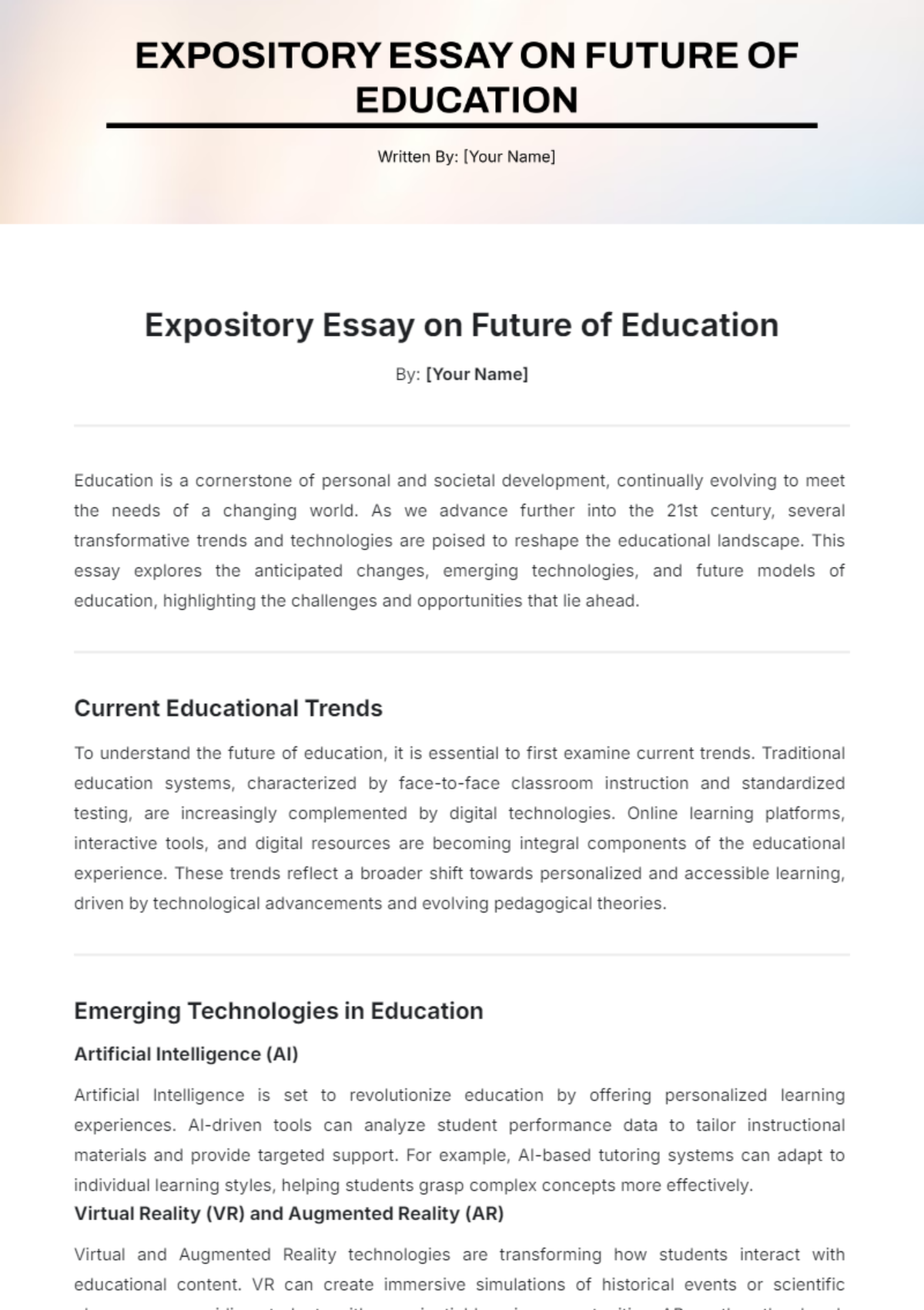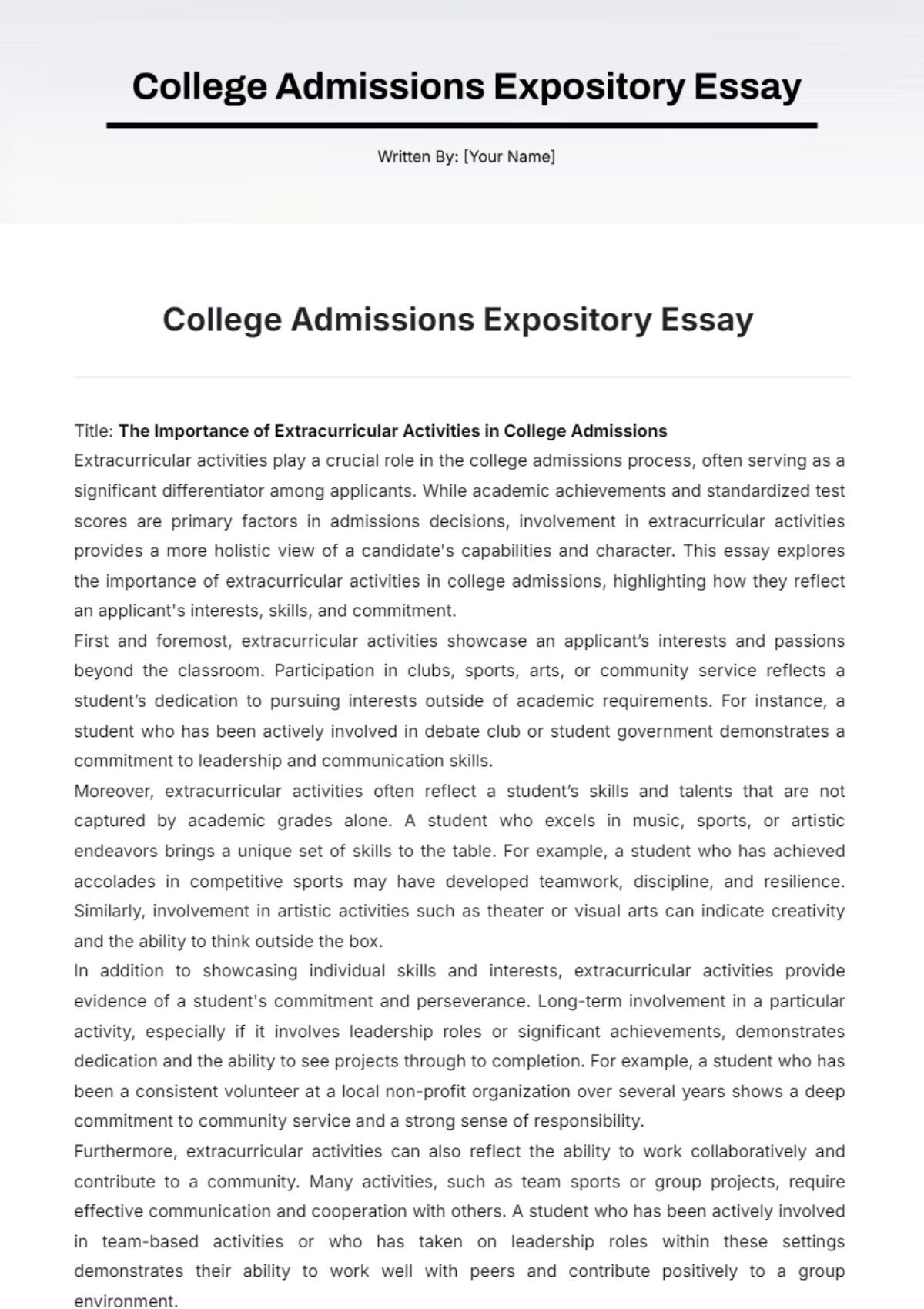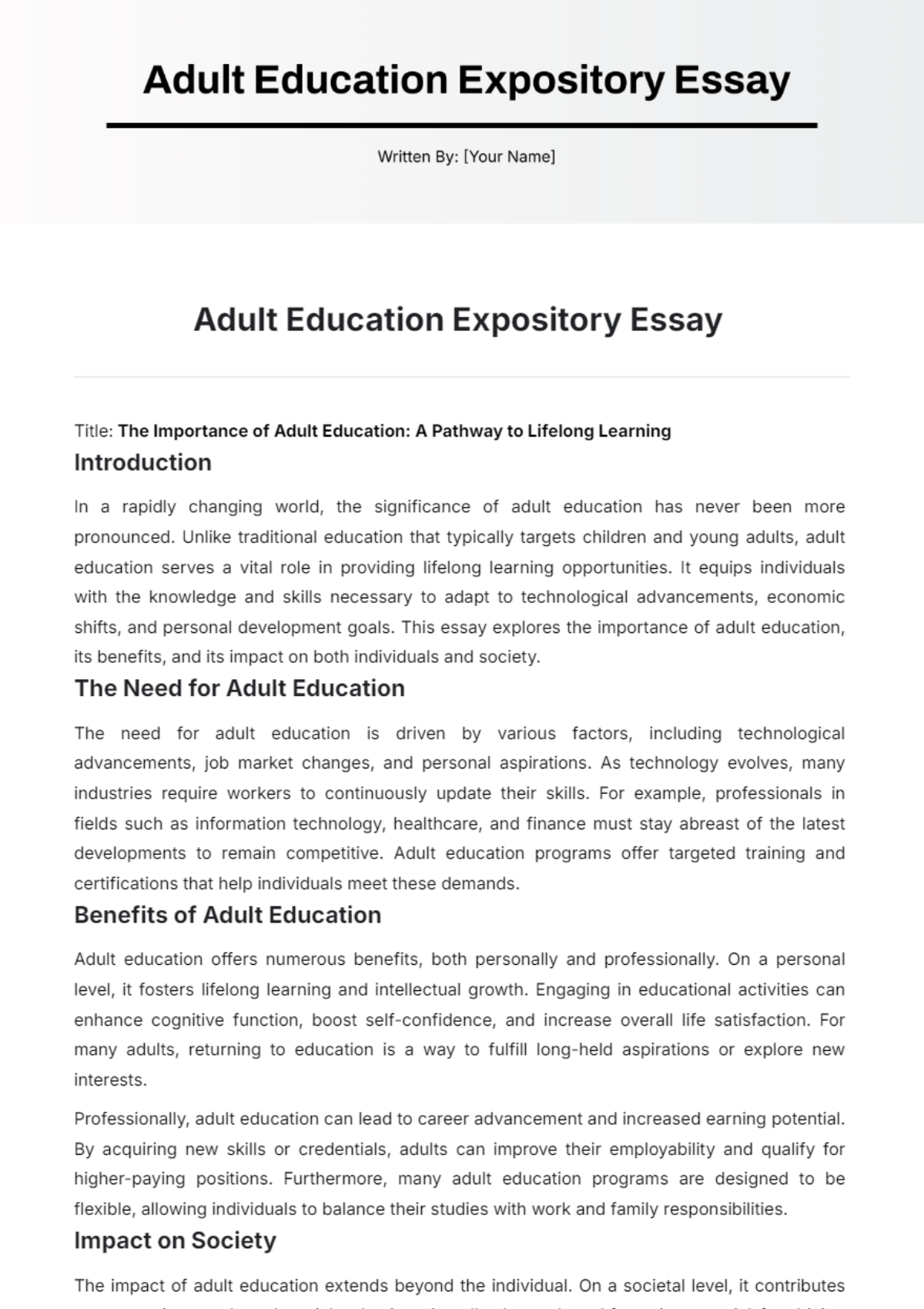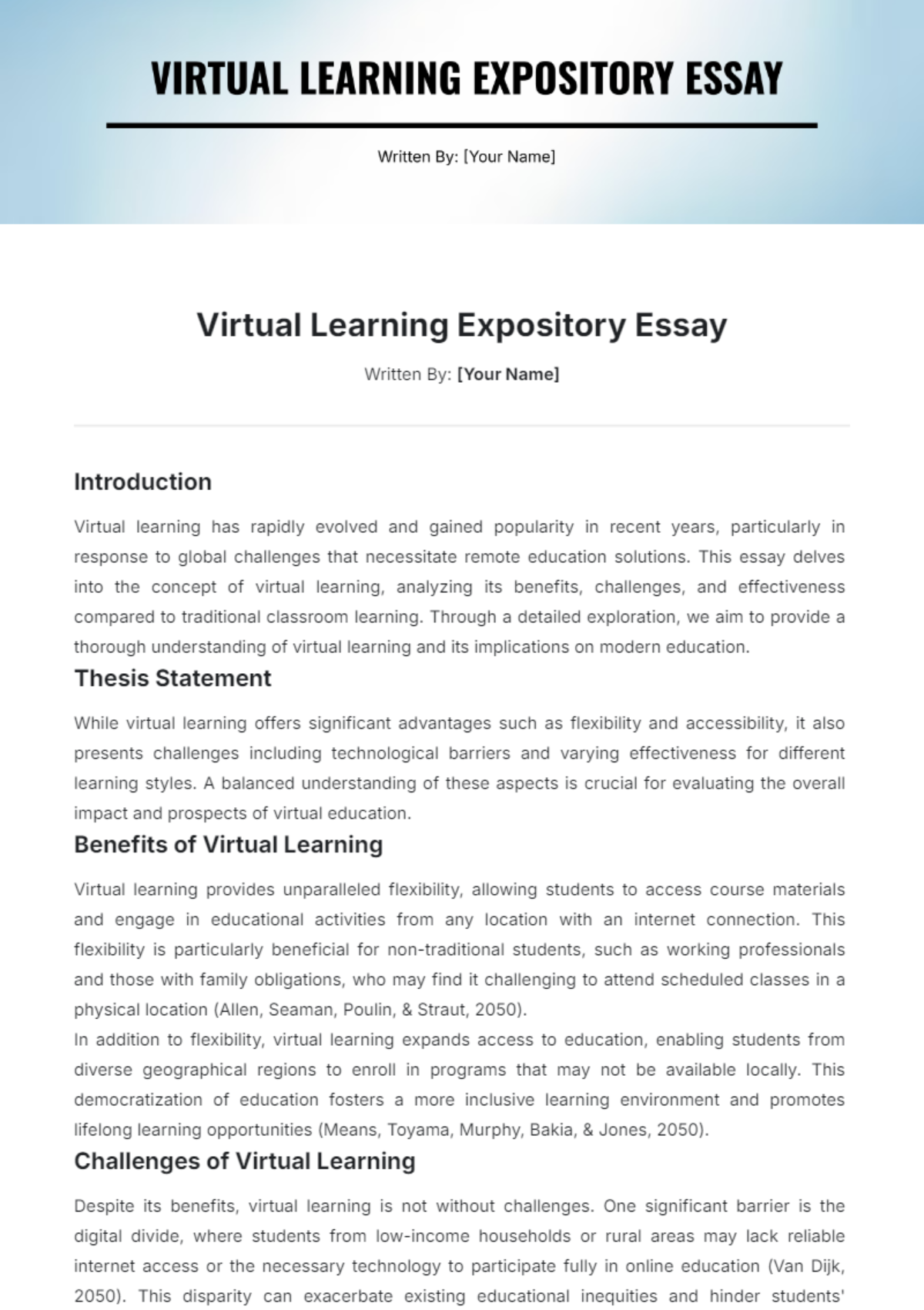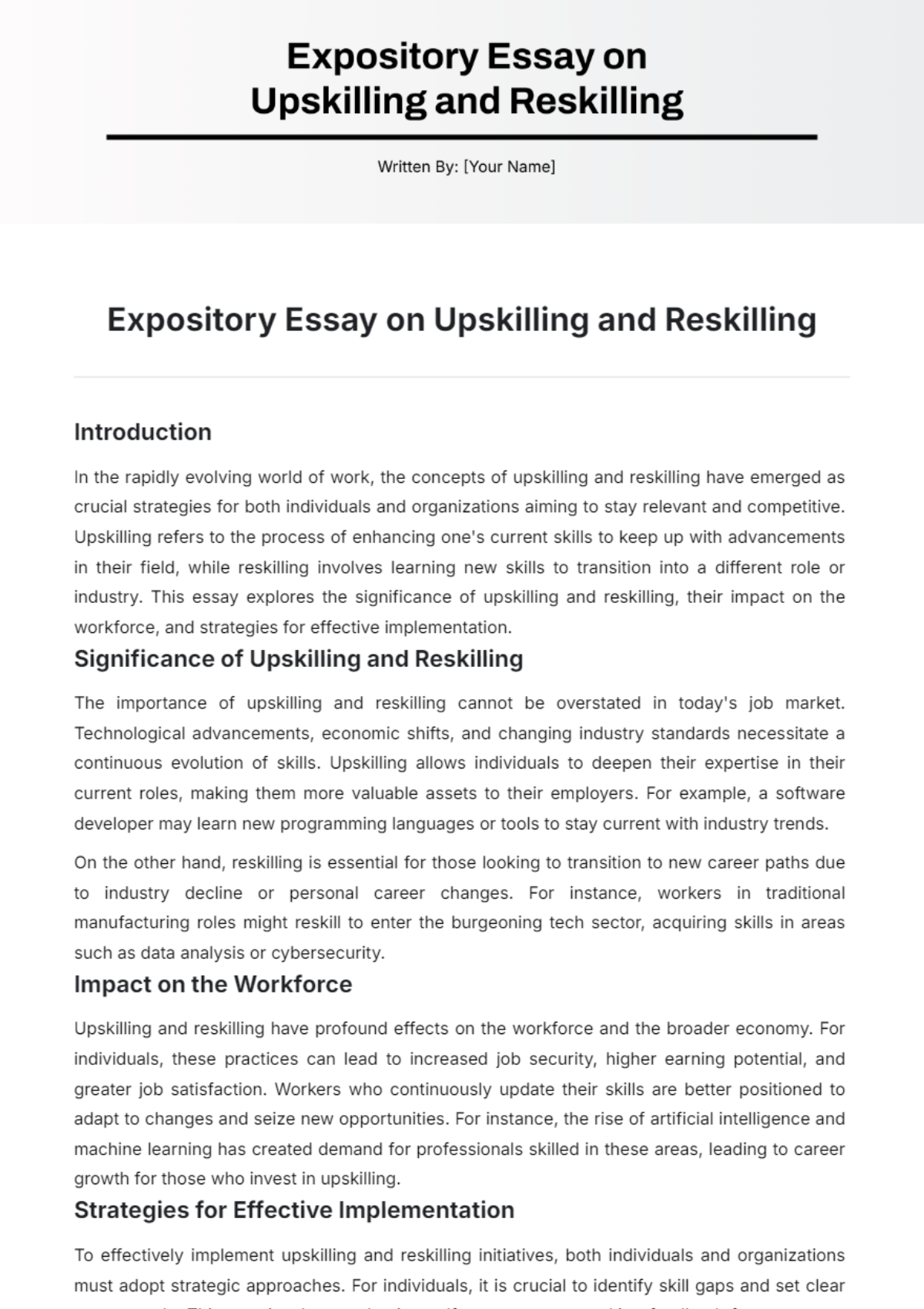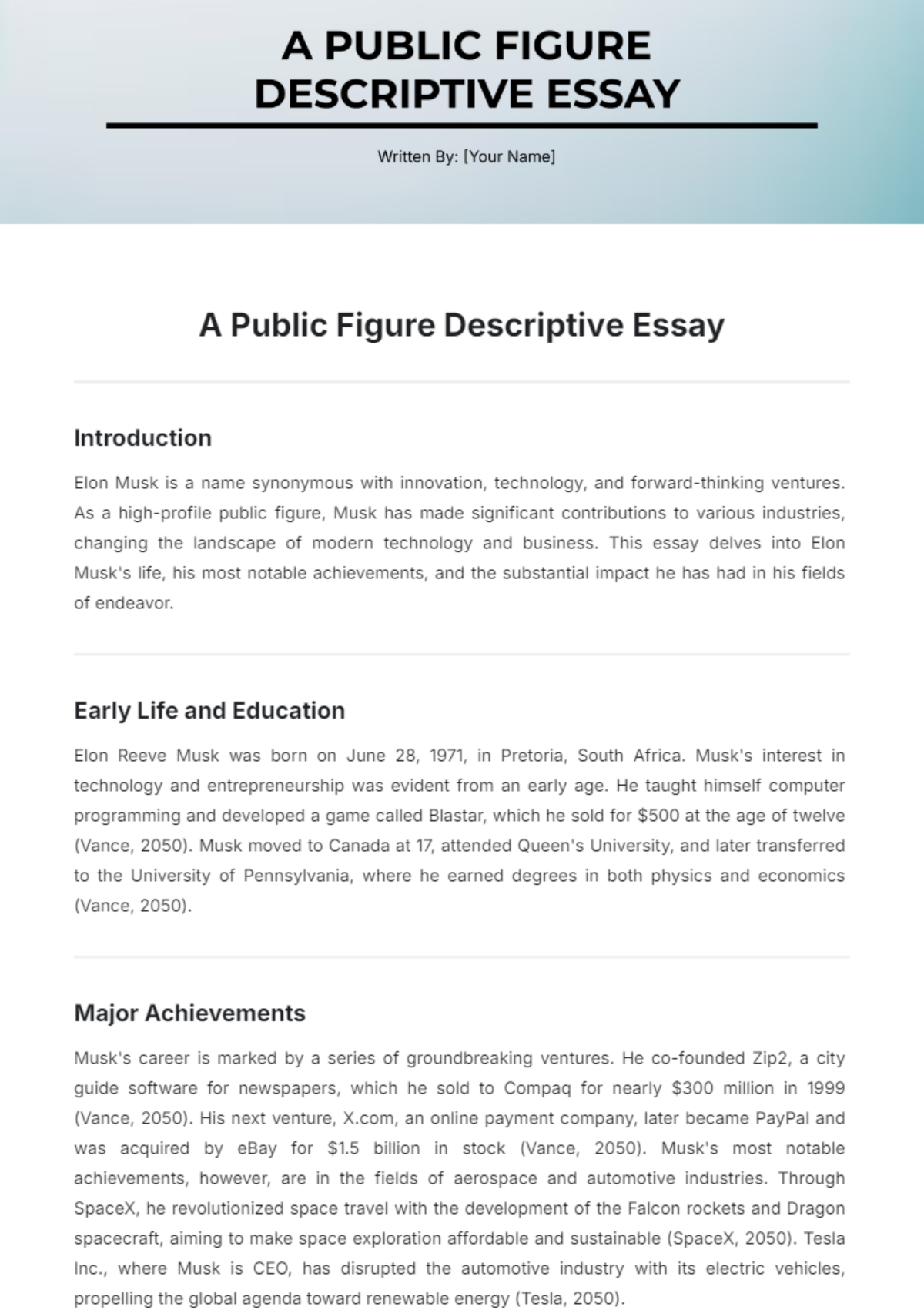Historical Academic Essay for Analyzing Events
Written by: [YOUR NAME]
Introduction
Historical academic essays are scholarly documents that meticulously examine and interpret historical events. They provide background information on the historical context and outline the purpose and scope of the analysis. These essays delve into the causes, effects, and significance of historical occurrences, offering a comprehensive understanding that is crucial for both academic scholarship and general historical literacy.
Thesis Statement
The primary aim of historical academic essays is to offer a nuanced interpretation of historical events through critical analysis, exploration of diverse perspectives, and structured arguments based on solid evidence. This approach not only enhances our understanding of history but also challenges prevailing assumptions and provides a well-rounded view of past events.
Literature Review
A literature review in historical academic essays involves a thorough examination of existing research and scholarly perspectives related to the topic. This includes evaluating previous interpretations, examining different viewpoints, and identifying gaps in the current understanding of the historical event. By reviewing a range of sources—such as academic books, journal articles, and previous essays—historians can build a foundation for their analysis and contribute to ongoing scholarly debates.
Analysis
The analysis section involves a detailed examination and interpretation of the historical event, including its causes, effects, and significance. This analysis is informed by the reviewed literature and seeks to construct a comprehensive narrative. It involves assessing the reliability and relevance of sources, identifying biases, and contrasting different perspectives to present a well-rounded interpretation that goes beyond surface-level understanding.
Evidence
In this section, primary and secondary sources that support the analysis are presented and discussed. Primary sources might include archival documents, eyewitness accounts, and original artifacts, while secondary sources could consist of scholarly interpretations and analyses from other historians. The evidence is meticulously cited and used to substantiate the arguments made in the analysis, enhancing the academic rigor and credibility of the essay.
Conclusion
The conclusion summarizes the findings of the essay and restates the significance of the analysis. It reflects on how the critical analysis, exploration of diverse perspectives, and structured arguments contribute to a deeper understanding of the historical event. The conclusion also emphasizes the importance of these essays in constructing meaningful historical narratives and enhancing general historical literacy.
References/Bibliography
Smith, J. A. (2050). The American Civil War: A Comprehensive History. University Press.
Johnson, L. B. (2051). Perspectives on the Civil War: Northern and Southern Views. Historical Review, 45(3), 234-250. https://doi.org/10.1234/histrev.2019.045
Brown, M. C. (2052). The Impact of Slavery on American Society. History Today. https://www.historytoday.com/articles/impact-slavery-american-society

